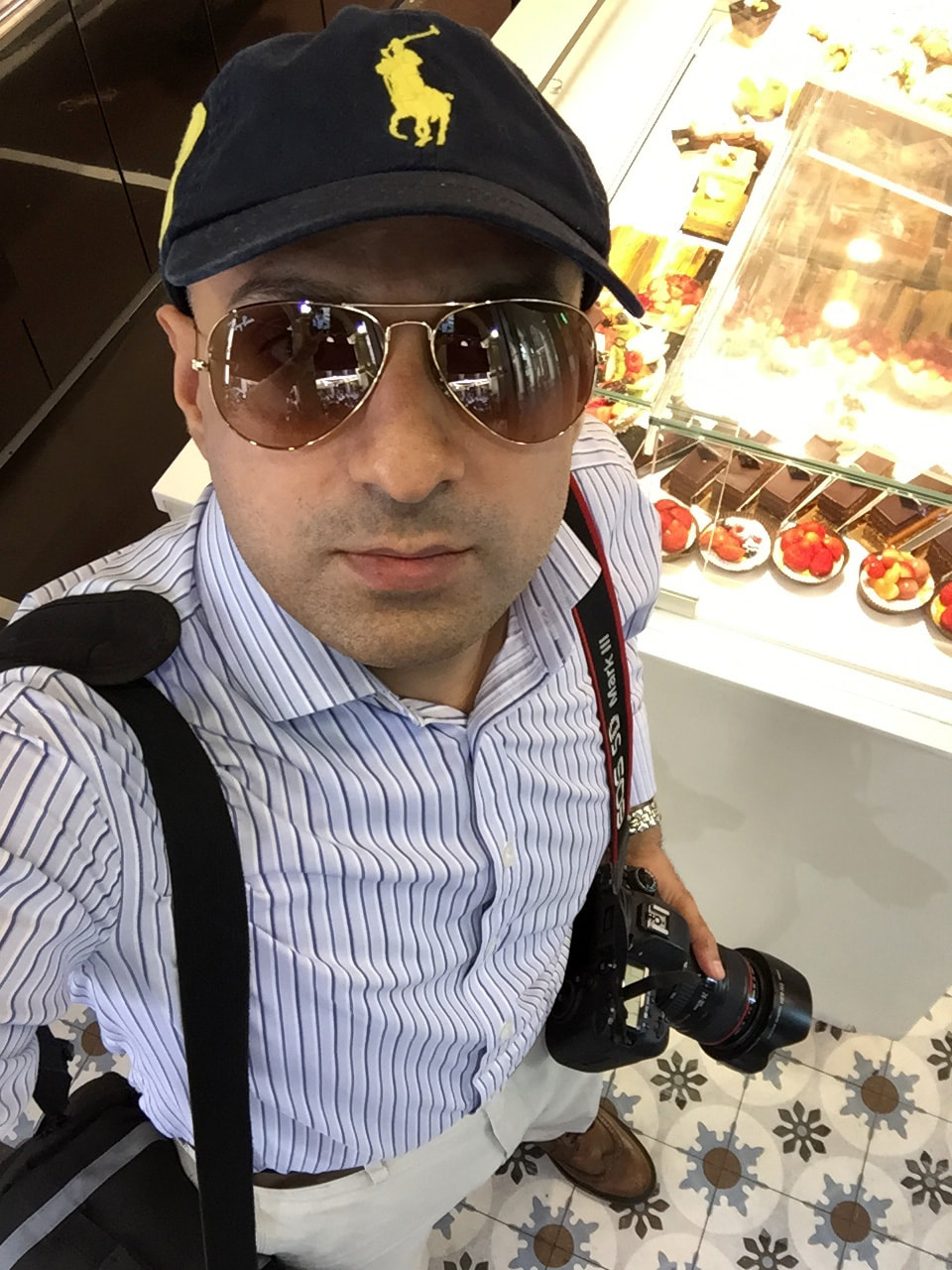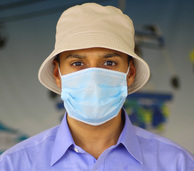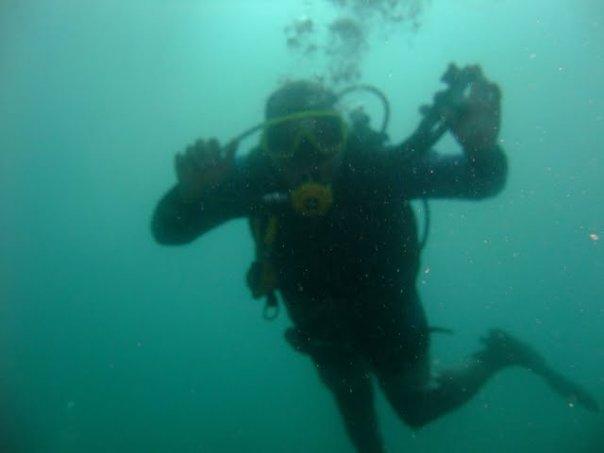|
On April 25, 2015 at 11.56am local time, a powerful earthquake measuring 7.8 on the Richter scale, and killed over 9,000 people and injured more than 23,000. It was the worst natural disaster to strike Nepal since the 1934 Nepal–Bihar earthquake. The first quake's epicenter was identified at a distance of around 80km to the northwest of Kathmandu, the capital of Nepal. Bharatpur was the nearest major city to the main earthquake, 53 km (33 mi) from the epicenter. Another earthquake struck on the 12th of May, measuring 7.3 on the Richter scale. It occurred 65 km (40 mi) east of Kathmandu and its seismic focus lay at a depth of 10 km (6.2 mi) below the earth's surface. More than 200 people were killed and more than 2,500 were injured by this aftershock. Over thirty-eight aftershocks of magnitude 4.5 Mw or greater occurred in the days following the initial earthquakes. It is common for aftershocks to happen for up to a year after the initial earthquake, and they gradually become less powerful as time goes on. According to experts, the real danger lies if you don't suffer any aftershocks. Three months after the earthquake, in the early part of August, I went to Kathmandu to see for myself the destruction that had been caused. What I can from initial observations was that despite the city losing much of the infrastructure, it wasn't all doom and gloom as the media had initially reported. Yes, the major sights of significance were destroyed (some were sadly completely demolished beyond any way for repair, especially in places such as Patan Durbar, Durbar Square and Bhaktapur town on the outskirts of Kathmandu). Thankfully, it is not on the same scale as some other global disasters as in Haiti or the aftermath of what the world saw after Hurricane Katrina. Remarkably, the Nepalese people, being the strong, warm and kind heartened people they are, seem to be going on their everyday lives without a major concern. Despite the destruction, the city of Kathmandu is very safe and very open for tourism. I spoke to a few Western women and they told me that they felt much safer walking at night in Kathmandu than walking during the daytime in some other cities around the world, including London. In my experience, during my week in Kathmandu, I never once came across a Nepalese person haggling me, or forcing me to buy anything or following me around. To my surprise most people speak good enough English to get by and came across as very humbling. During my stay, I became good friends with an American diplomat who works in the Obama Administration. One of the questions that came up during our many long conversation was, "Are the people at the ground level in Kathmandu getting all the money that the relief agencies promised they would deliver?". There is no doubt that helicopters belonging to the UN World Food Program (WFP) deliver food and vital medical equipment to those living in the remote mountainous regions, and seeing around the city it is obvious that the Red Cross and the United Nations (specifically from neighboring China and India) have provided temporarily shelters scattered across parts of the city. Nevertheless, when you take a walk across the dusty lanes of the city, it is clear to see that there are people that are rebuilding their own homes by themselves and with no help from any government agencies. Yet, remarkably they are not complaining. Whether they should or not is not a debate I'm going to garnish my thoughts upon. It goes without saying that sometimes the media (especially the tabloids), don't always tell the truth. The sad part is that while news is about getting the message to the masses...it is all business at the end of the day...they all want stories that can generate the most click rates and viewer numbers. That's what has gone wrong with the media industry everywhere. Real stories are seldom taken into account and most people want to see how big their Facebook/Twitter/Instagram accounts are. Do we really want to see dead people or relatives of those who have died crying? Photographers and journalists will take those photos to please their editors because that's what's going to generate money for the media outlet with high viewer rates etc., but no, I don't want to see that (and neither would anything with a bit of respect and compassion). Yes, the media is about telling the truth and observing what you see...and sometimes such images can be powerful enough to change a whole government's mind (like for example in the Syrian migrant crisis stories when the media decided to publish an image of a dead boy at the beach- it got Western governments to change their mind and accept more migrants). Nevertheless, in my opinion we should not be showing gory images. But, of course, in a world of free speech, that viewpoint may not be accepted by everyone. Nepal is a safe place to visit, and is open for tourism. You only have to come here and see for yourself. I have no doubt that tourism numbers to Nepal will grow. It is perhaps one of the most beautiful laces in the world, and who does not enjoy the charm of the Himalayas? SEE MORE PHOTOS BhaktapurThe Refugee CampsThe People of KathmanduThe Sadhus of KathmanduNepal, like India, is home to many Sadhus (or Holy men). They are sannyasins (renunciates) who have left behind all material attachments and live in caves, forests and Hindu temples all over the country. With long dreadlocks and their faces smeared with ash taken from cremated bodies, the sadhus usually live around cemeteries, meditating and/or smoking cannabis to achieve nirvana close to Lord Shiva. It really is amazing how they manage to remain so healthy despite living a life on the streets. They have such remarkably good conditioned skin and hair (except for the ash that is smeared on their faces). One of the Sadhus I met told me he has been meditating in the same spot for the past 34 years- I say again- 34 years. Amazingly some of them even speak very good English. After a four-hour flight from Kuala Lumpur, we landed at Tribhuvan International Airport in Kathmandu, the capital city of Nepal. This was my first trip to the country, and as with any trip where you go to a country for the first time, there was a sense of excitement lingering in my mind as to what to expect when I arrive. Prior to my trip to Kathmandu, I had read some blog posts written by Western tourists who had expressed their disappointment with how bad the conditions are at the arrivals hall at Kathmandu Airport. From my experience, I can say that the process from disembarking from the aircraft to going through customs and to finally collect my luggage from the baggage carousal was a smooth one. There were no touts at the arrivals hall, no pushing or shoving from any of the fellow passengers and there was no confusion whatsoever. All the staff at the airport speak good enough English and I did not at any moment feel that they were going to cheat me in any way. Everything seemed to be in order and cleaner than I had thought before I arrived here. Even if I had flown Economy Class (I flew Business Class in this instance), then the experience would have been the same, as there is no separate formality for Business Class passengers arriving at Kathmandu (except the express customs lane and/or unless you are a VVIP!). My first impressions were that Nepalese people are very friendly and hospitable. Though, however, I have to admit that there was a sense of expectation of coming across traumatic scenes. This may have been because the city had recently been through two devastating earthquakes and received a lot of media attention. At the airport, I saw a few helicopters belonging to the United Nations World Food Program. At a side of the airport, and away from the main apron, there was also a damaged Airbus A330 belonging to Turkish Airlines, which, on the morning of the 4th of March, skidded off the runway after landing. The pilot overshot the runway during an initial attempt to land, before making a second attempt that sent the plane skidding off the tarmac. Being a small airport, understandably, it is not so busy. Most importantly, I did not see or feel at any moment that someone was going to snatch my luggage and run away with it (as someone had pointed out in a blog I had read before I arrived here). I had five pieces of large luggage (plus my cameras and my laptop!), and as a single man travelling by himself, I felt completely safe. In fact, some of the fellow Nepali passengers were willing to assist me with my luggage, which was nice to see. One thing I would recommend is that you can pre-book your taxi with your hotel or host company before you arrive here. My chauffeur driven van from the Hotel Yak & Yeti was waiting for me outside the arrivals hall.  Meeters and greeters (taxi drivers/relatives etc.) at Kathmandu Airport are not allowed to go inside the terminal building. Instead, they have to wait under a shelter (seen in the photo above) outside the arrivals building. Even for departures, only passengers are allowed inside the airport building (even for check-in). There is no haggling, touting or any hassle. Remarkably, everything is in order. My driver was waiting for me outside.: Photo Copyright Navjot Singh On this day, in 1953, Nepalese Sherpa Tenzing Norgay and New Zealand mountaineer, explorer and philanthropist Edmund Hillary summited Mt. Everest. You cannot help but kind of wish they had left the mountain alone after that...
Usually I travel non-stop between the UK and Asia, which has prompted me to get to a stage in my life where I am fully aware of all the major air routes between Europe and the Greater China region. For example, the normal air route from London to mainland China and Hong Kong takes planes from London over to Brussels or Paris, then over Germany, Russia, and entering Mongolian airspace through Siberia, down towards Xi'an, and finally making its way towards the Chinese cities (Shanghai, Hong Kong or Guangzhou). On my recent flight from London to China, I decided to fly with Emirates Airline. This effectively allowed me to blend in my press trip to Dubai and do an airline review for Emirates (my initial sponsors). For me, without a doubt, the most interesting part of the trip was taking the flight from Dubai to Shanghai- and what’s more, it happened to be a morning flight so the views provided along the way were just magical. The Dubai to Shanghai route took us over the Dubai creek (flying towards the Arabian Gulf), and turning back towards Sharjah (which we went over), then making our way just below Afghanistan, then entering southern Pakistan (just around 100 miles west of Karachi), and heading north-east towards the Indo-Pakistan border somewhere in the Rajisthan Desert. Once the plane entered Indian air space, it made its way across the north of the country, passing Jaipur, Kanpur and then towards Varanasi before entering Bangladesh. As the plane went over Kanpur at around 39,000feet (FL390), we were welcomed by clear views of the Ganges river, and in the distance, a spectacular view of Mount Everest’s peak sticking out of the clouds. I could not resist taking the photo. It was just truly magical. Equally stunning was the sunset in the horizon (eastern horizon) as the plane went over Kunming in Yunnan Province at around 38,000 feet and making its final hour approach into Shanghai. It was one of the most scenic flights I have taken ever, and truly memorable. |
Get in Touch:LIFE MATTERSHere I share my thoughts
and experiences during my travels, and how some things have affected my life as an expat and world traveller. Travelling is about capturing that moment in life. Every word, view and opinion on this page is that of Navjot Singh - except where indicated. The most recent is at the top. Scroll down to read the archive. Or search using CTRL+F (COMMAND + F) and enter a keyword to search the page. Just some of the stories you never heard before. The NAVJOT-SINGH.COM web blog is separate to this web site....Click blog, which may not be visible in some countries due to local firewall restrictions, so in those cases this weblog may be read. The weblog also includes some of my press trip reports- most of which are not published on the official blog because of copyright issues. The weblog also contains articles that may be associated directly with a PR trip for a country, airline or a hotel. These are PR reviews done in relations with various companies. If you are an investor or a trend watcher then you may find this website useful as investing has a lot to do with personal observations and finding the ideal trend or next big thing. The average human on the street frequently knows far more about the state of the economy than politicians, university professors, subject matter experts, and financial analysts who seldom travel, or if they do so, only from one hotel to another hotel! The pulse and vibrancy of an economy is nowhere more visible than on a country's streets. All photos and words are © Navjot Singh unless stated. Photos taken by others or by agencies are appropriately copyrighted under the respective name. No photo or word/s may be taken without the prior written permission by the author (i.e. Navjot Singh). All Rights Reserved. Archives
April 2024
Categories
All
|
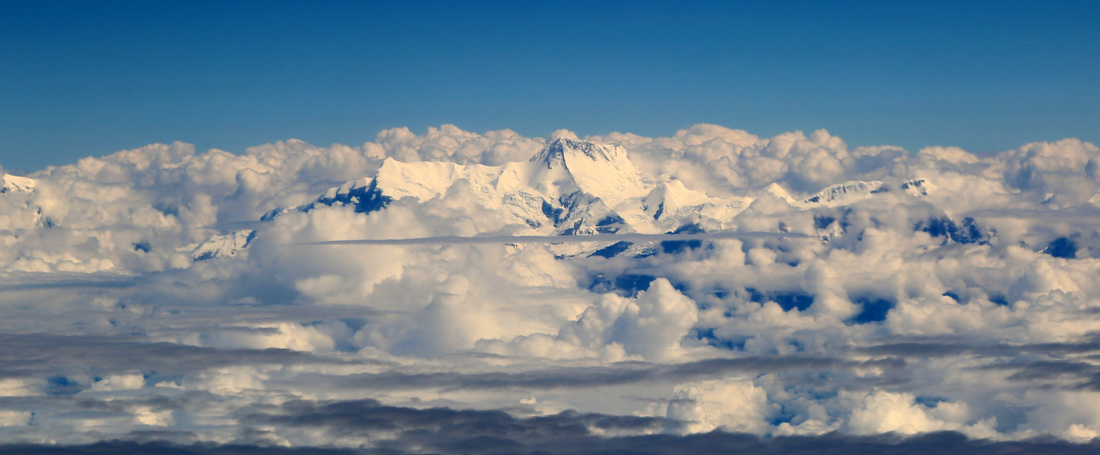
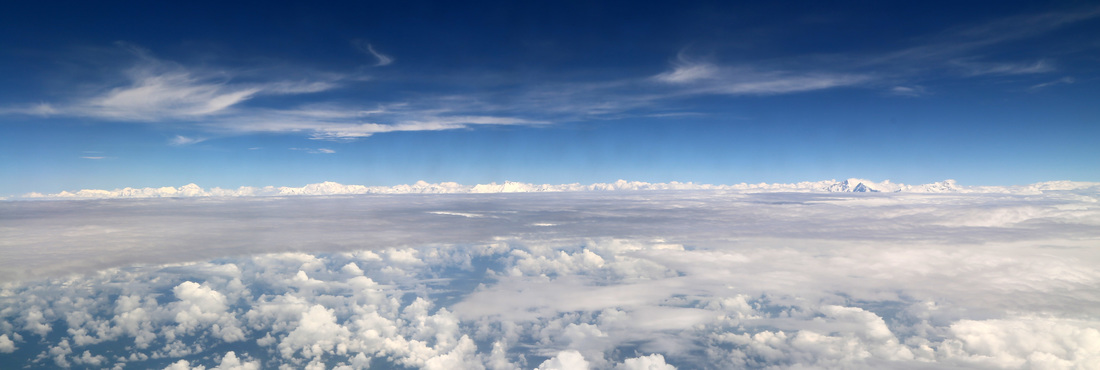

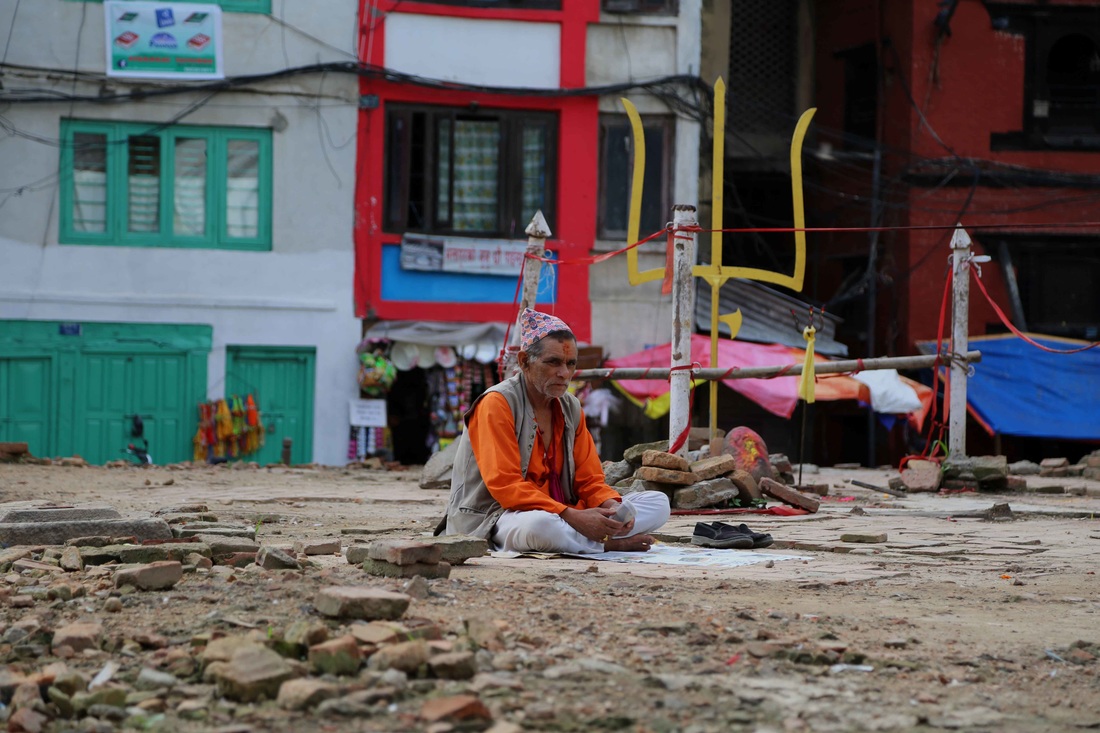
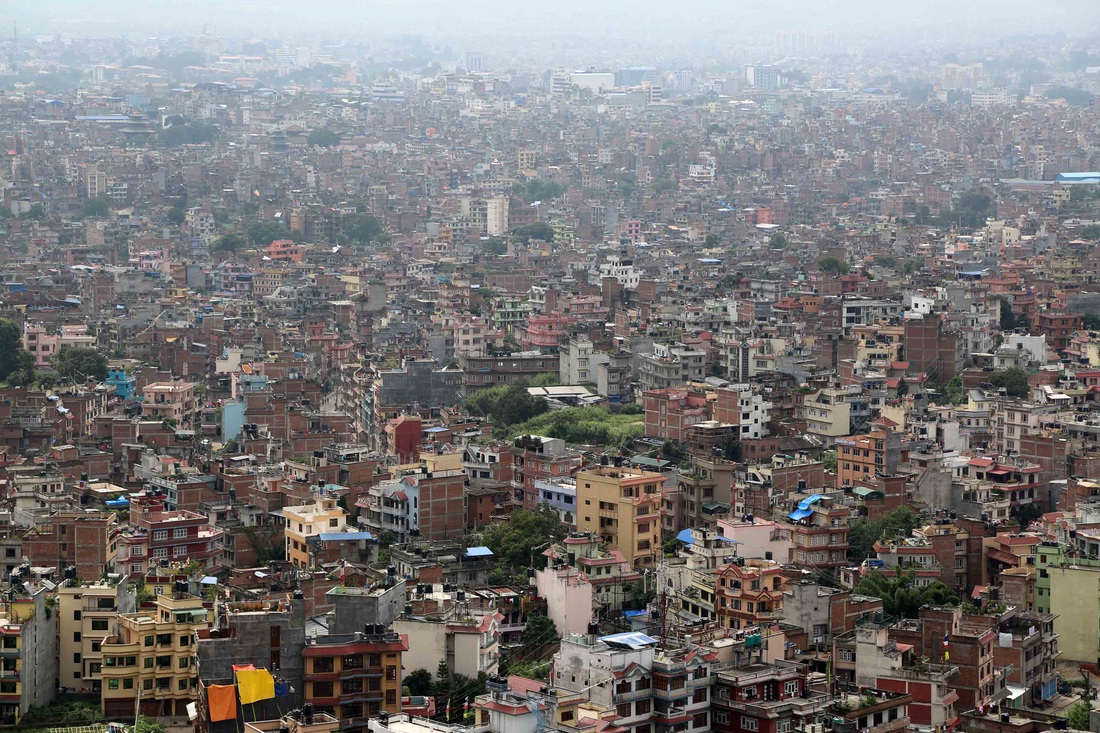
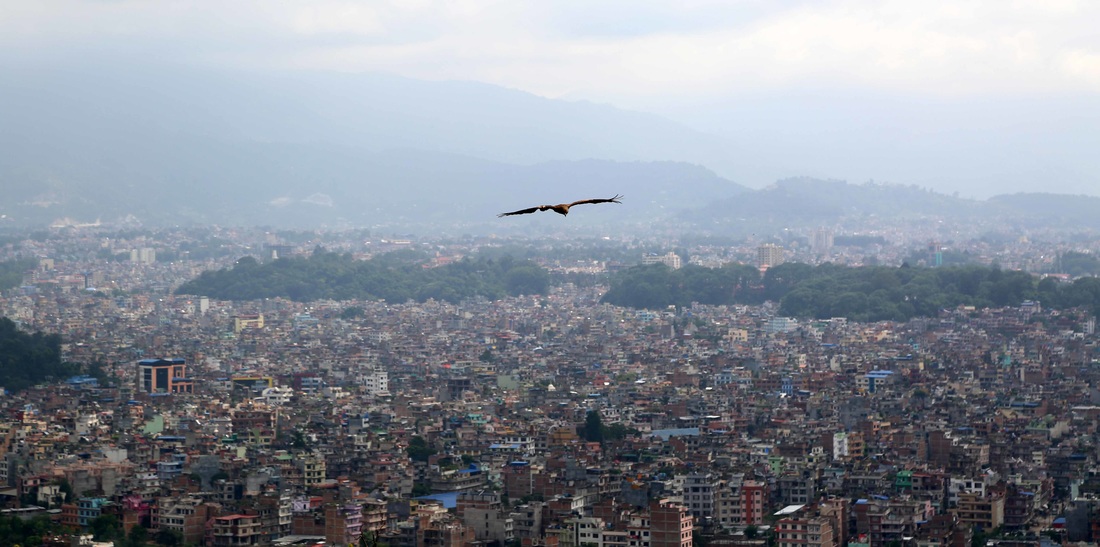
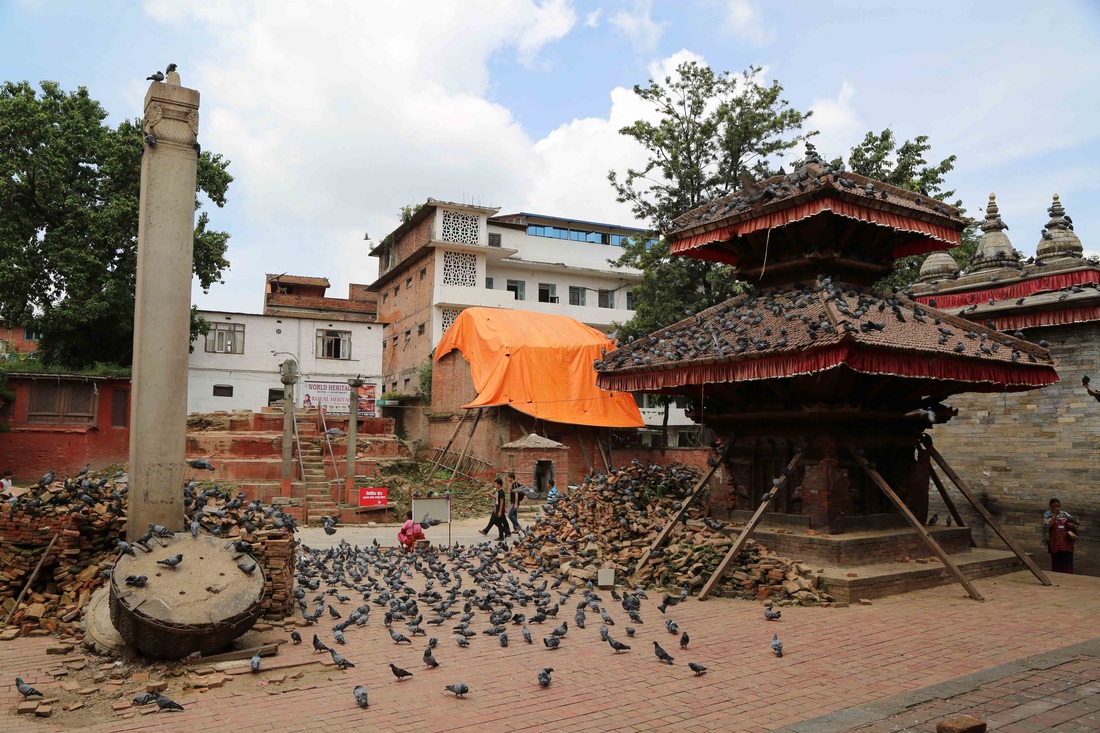
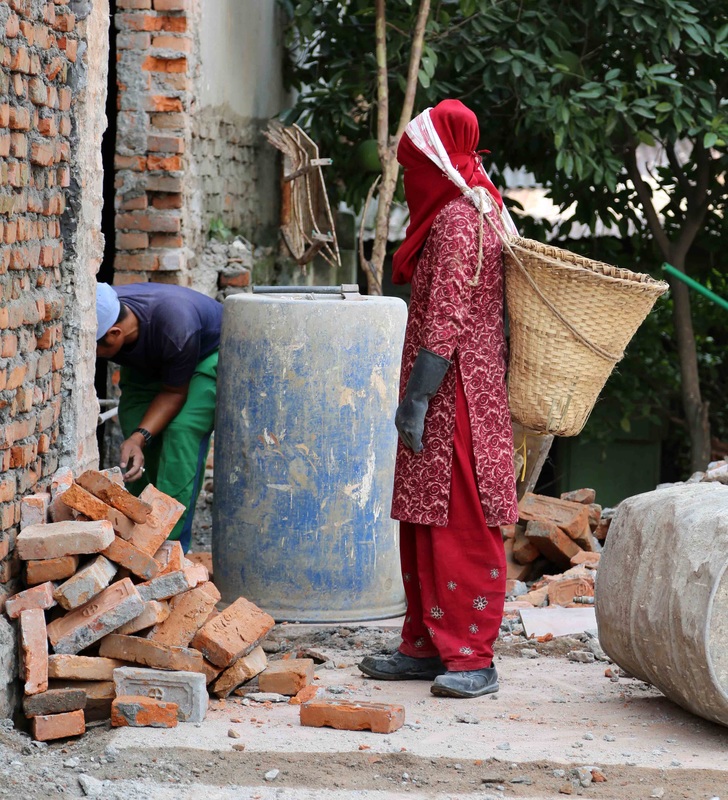
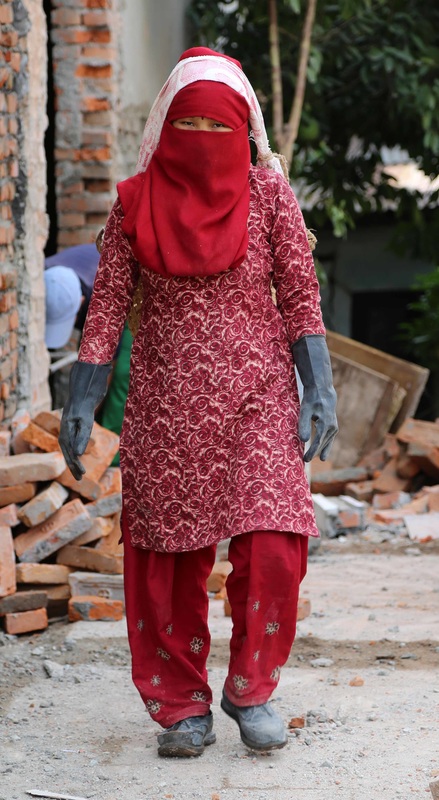
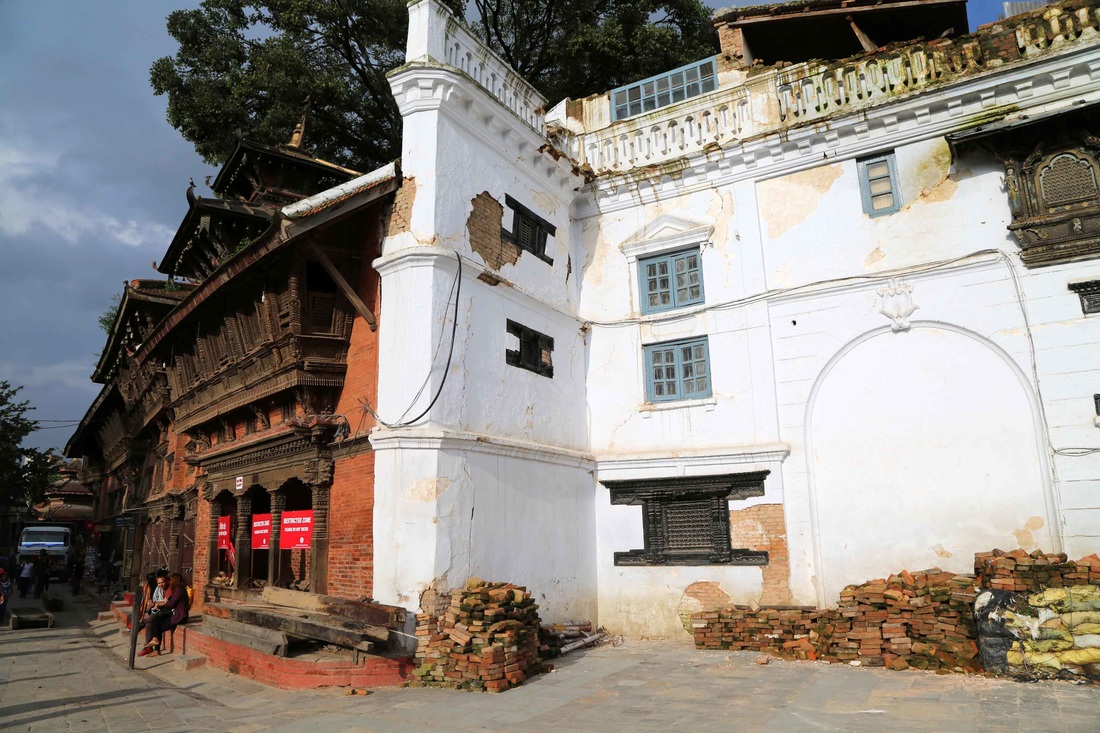
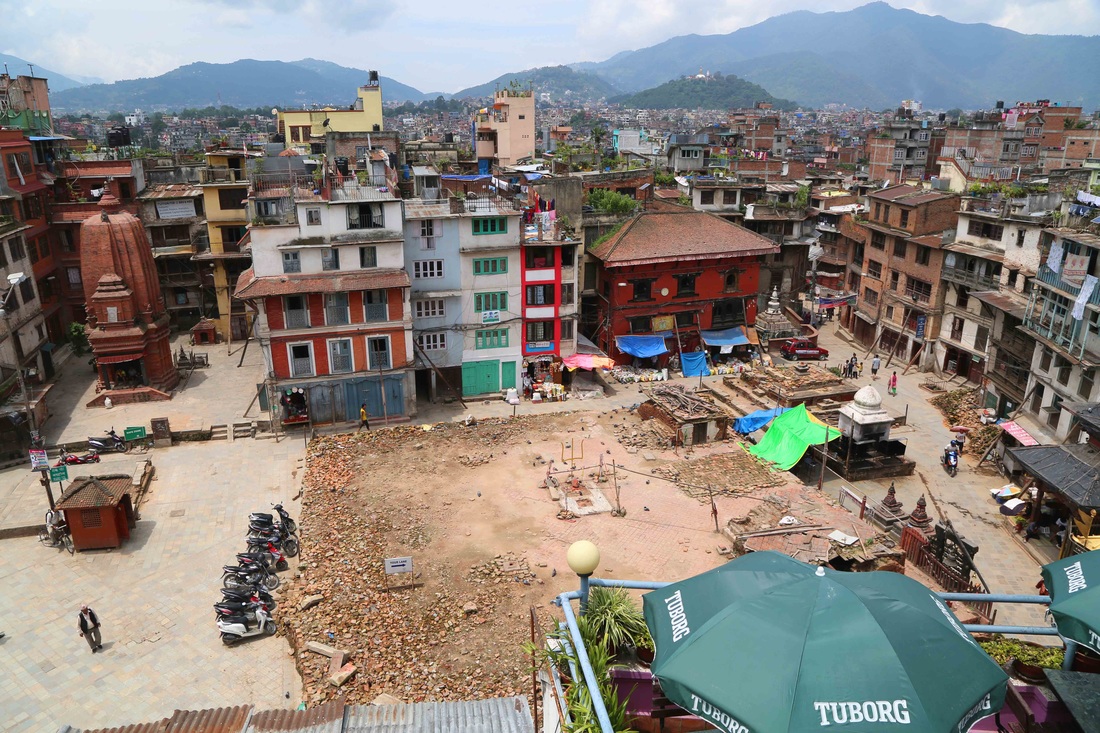
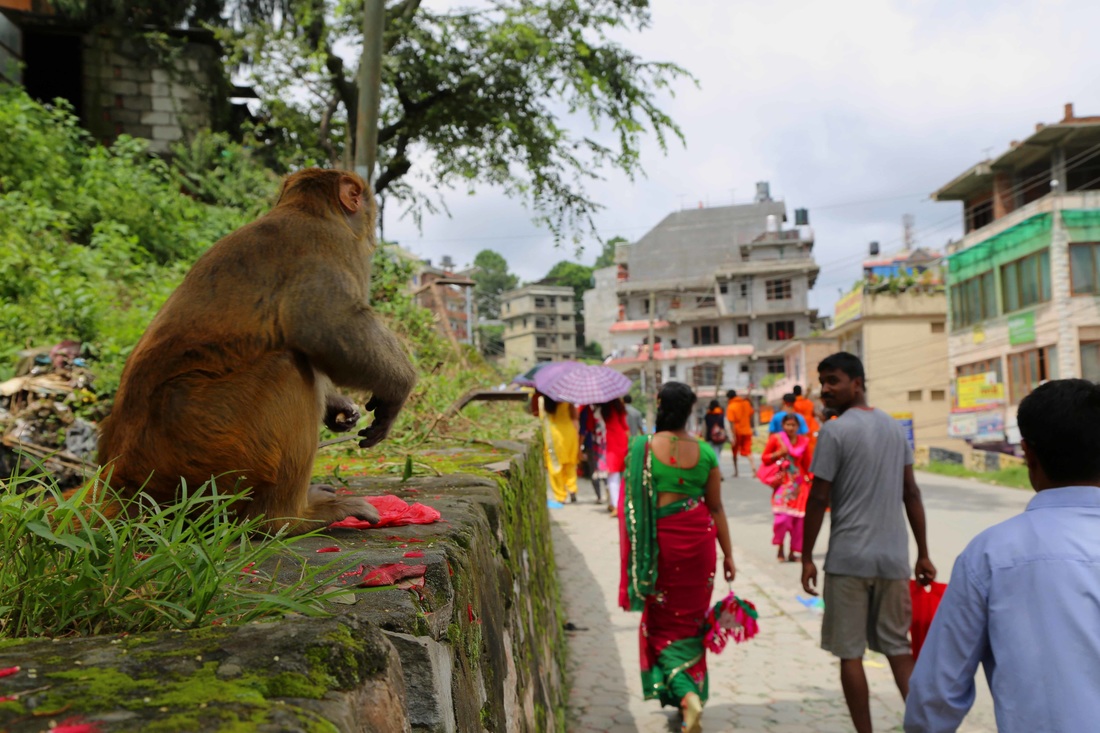
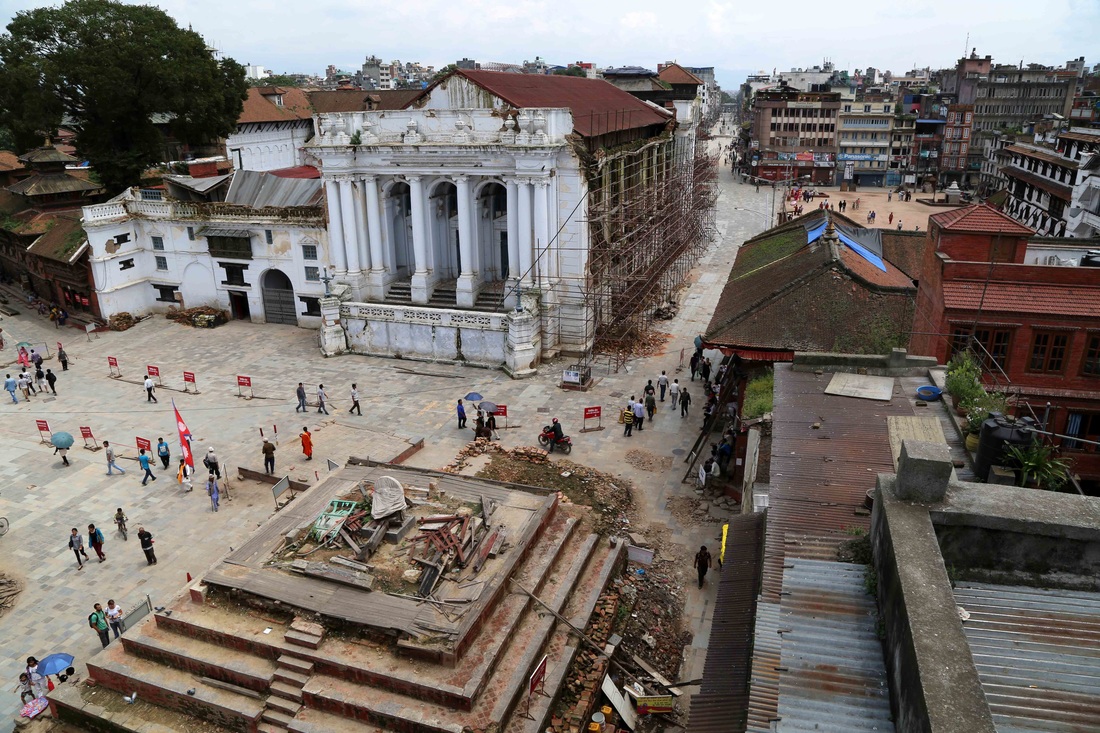
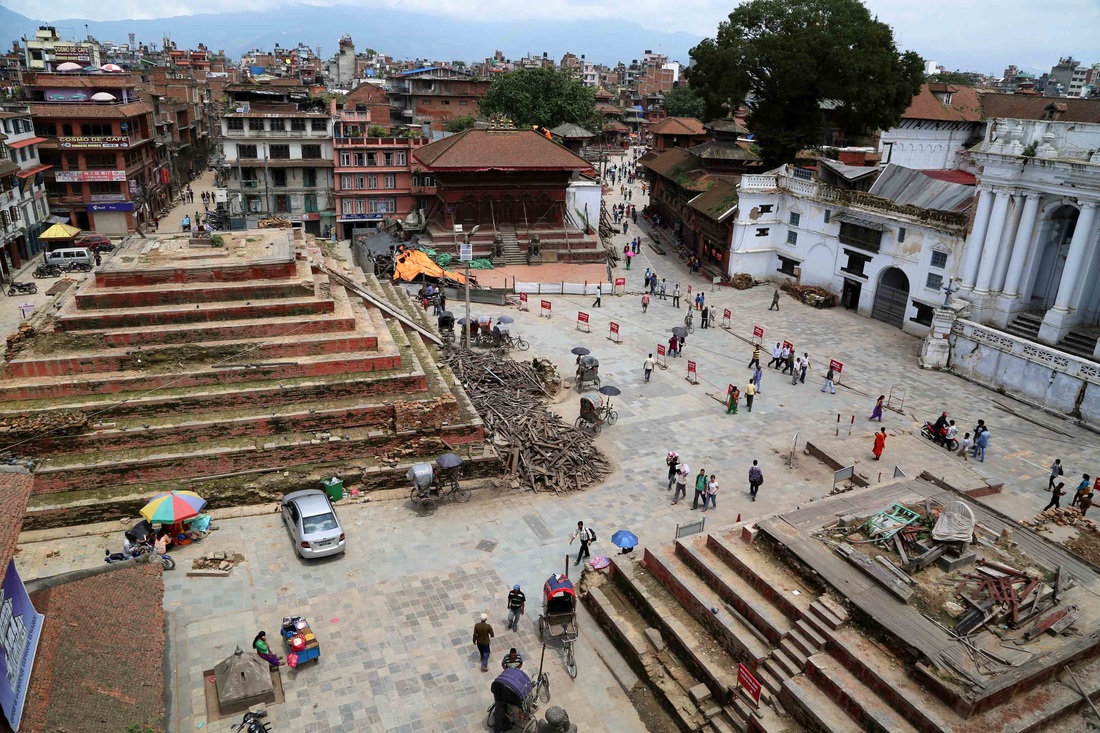
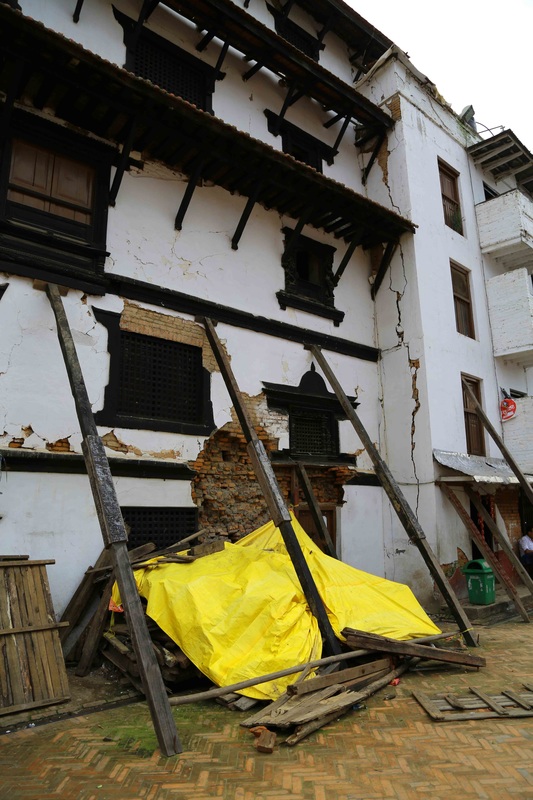
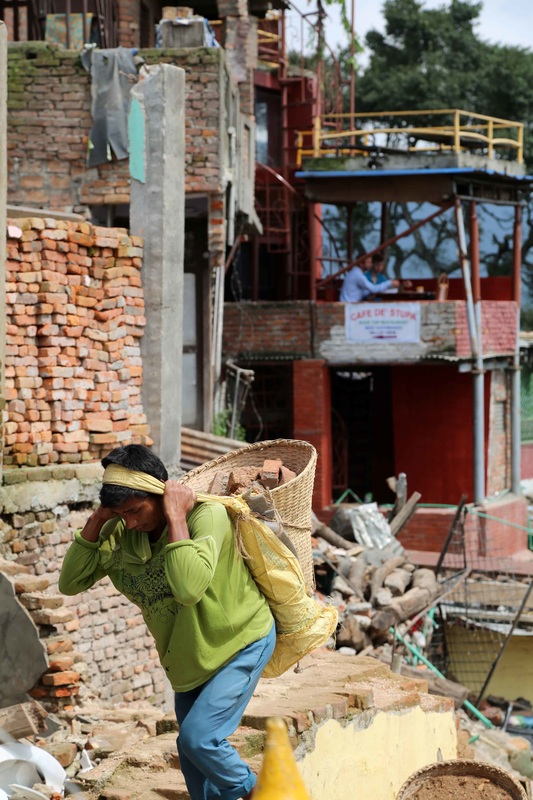
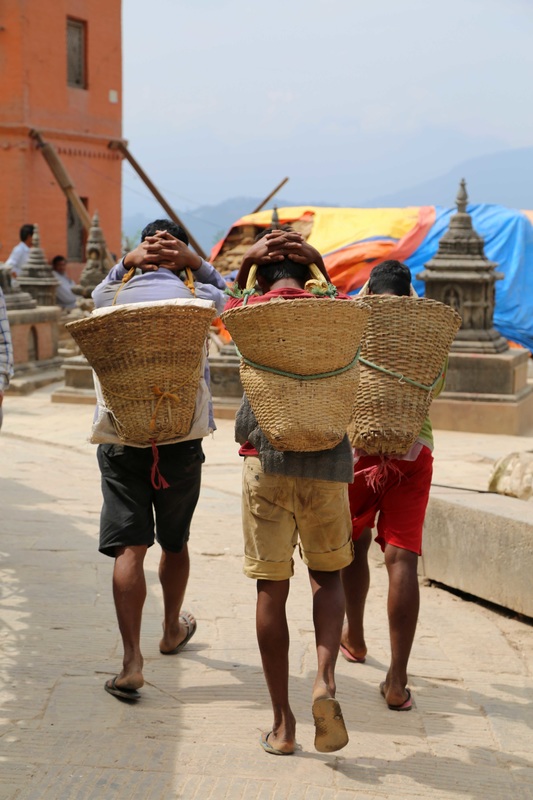

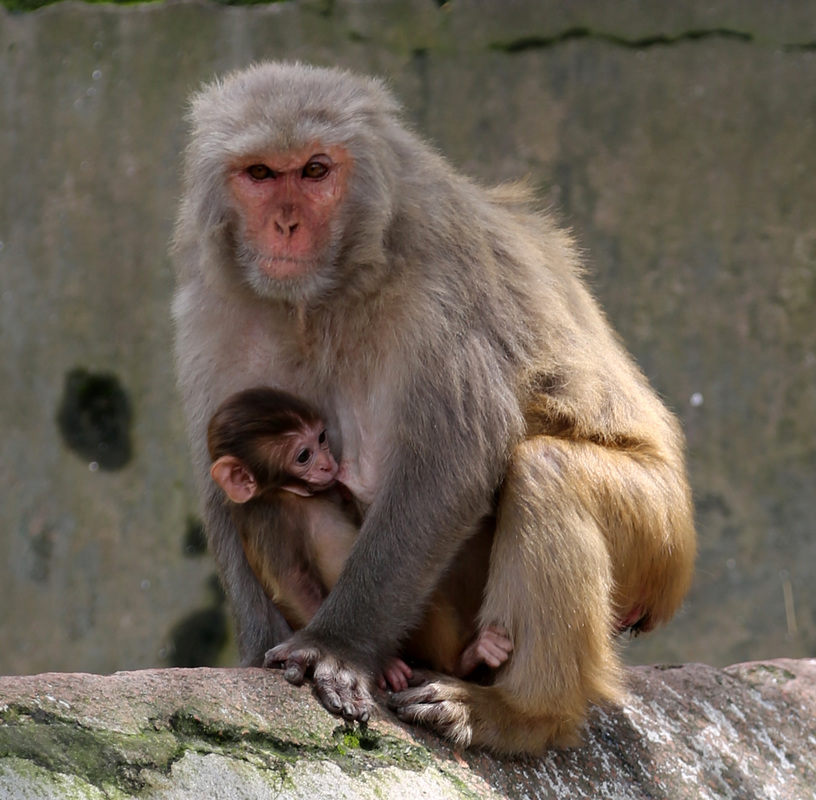
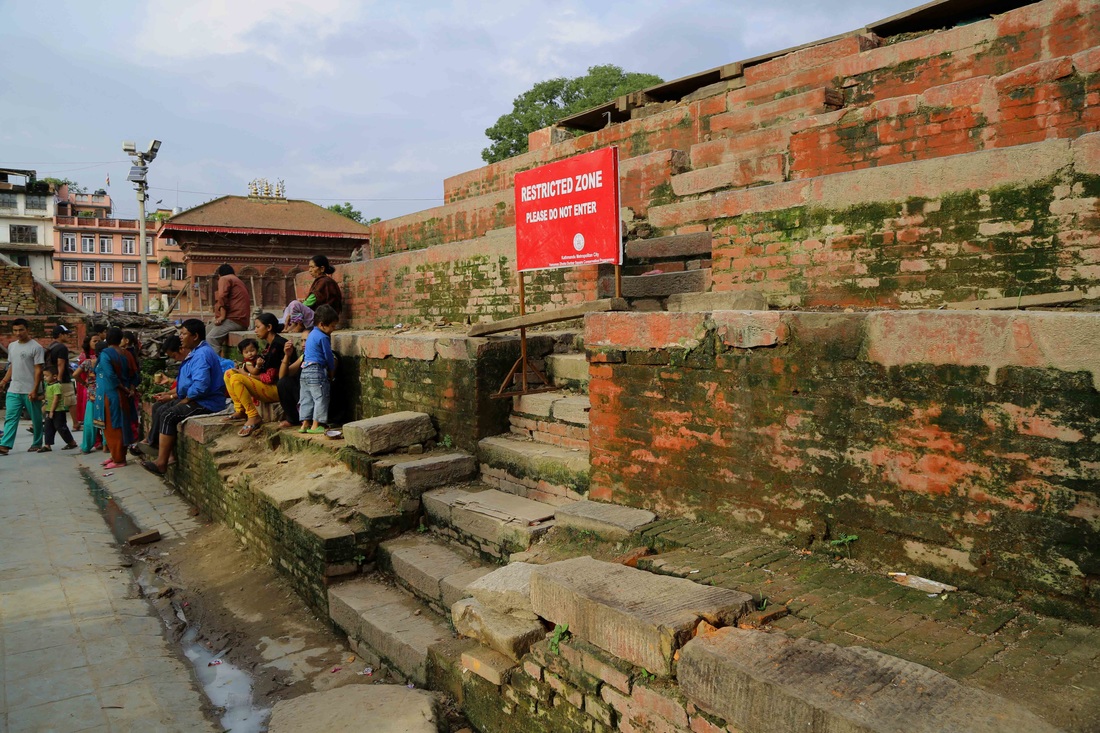
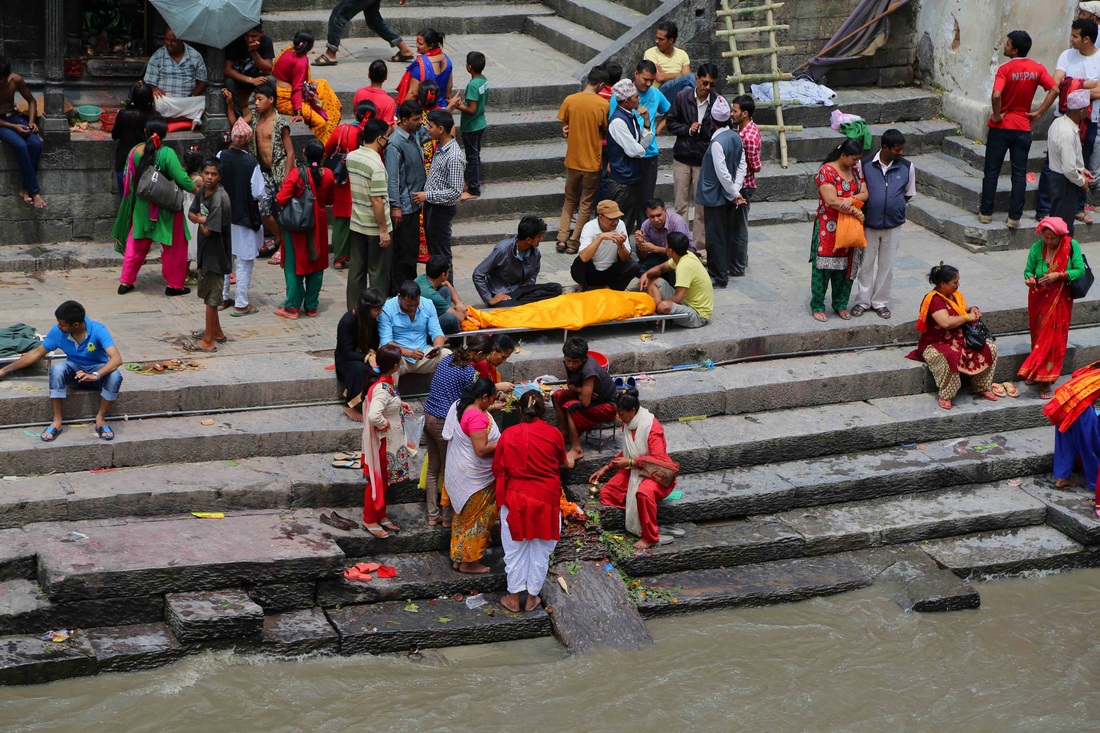

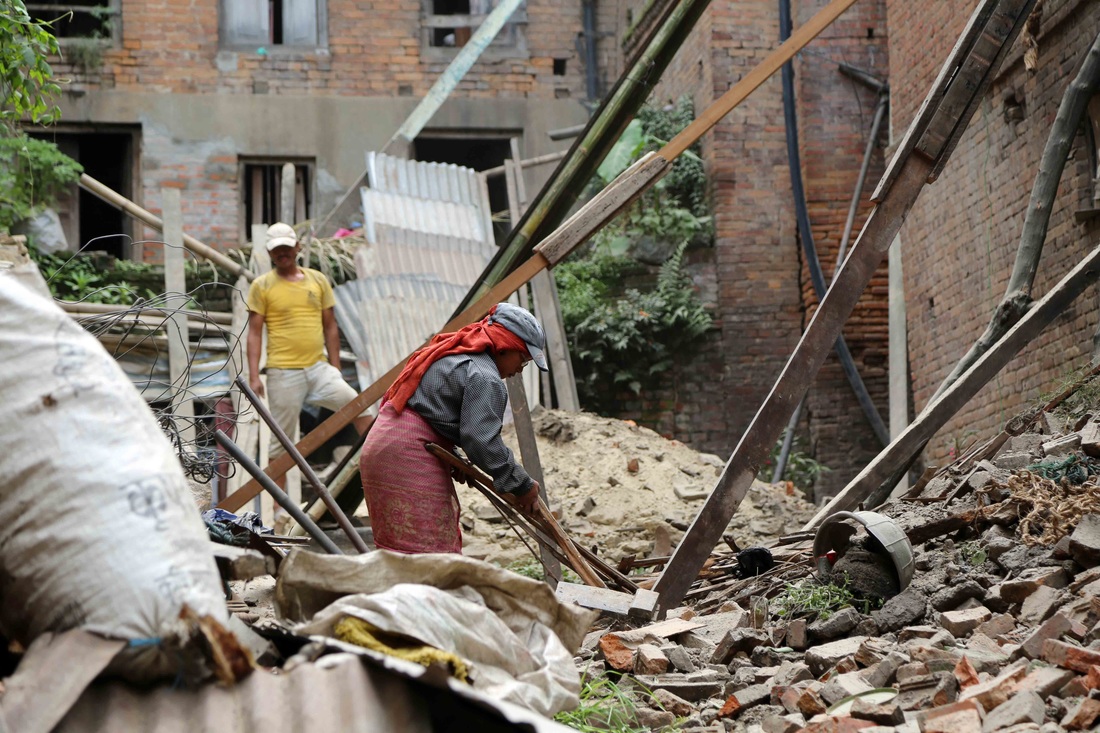
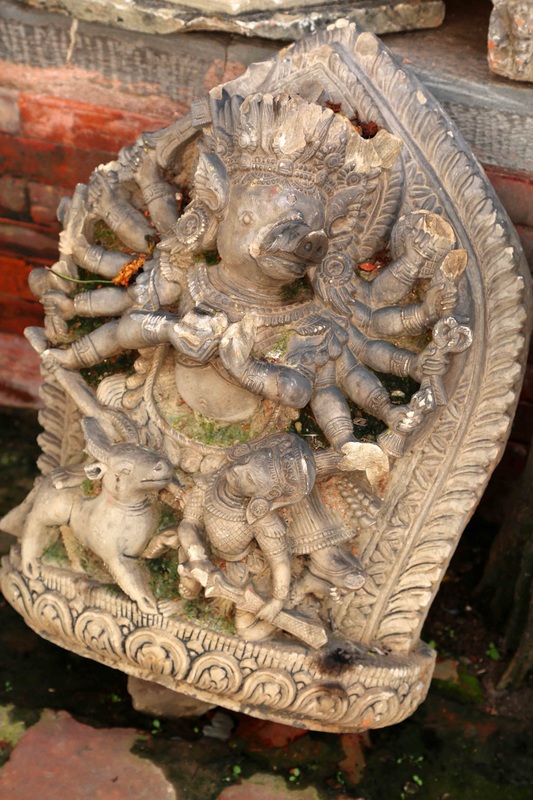
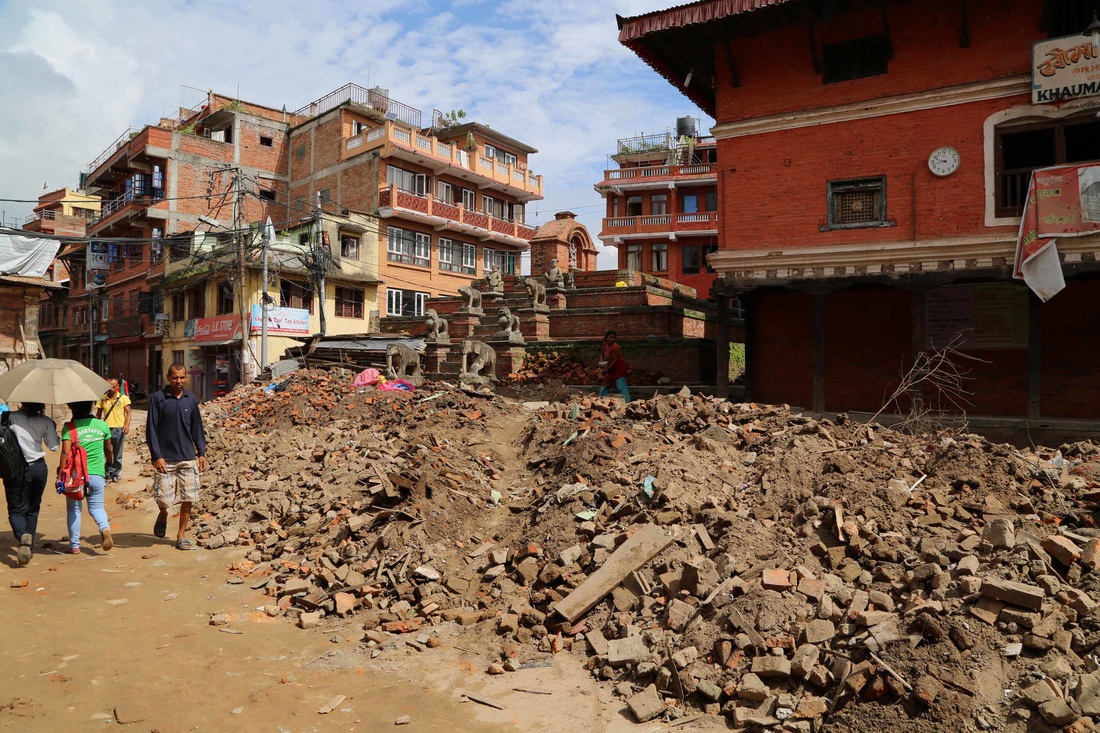
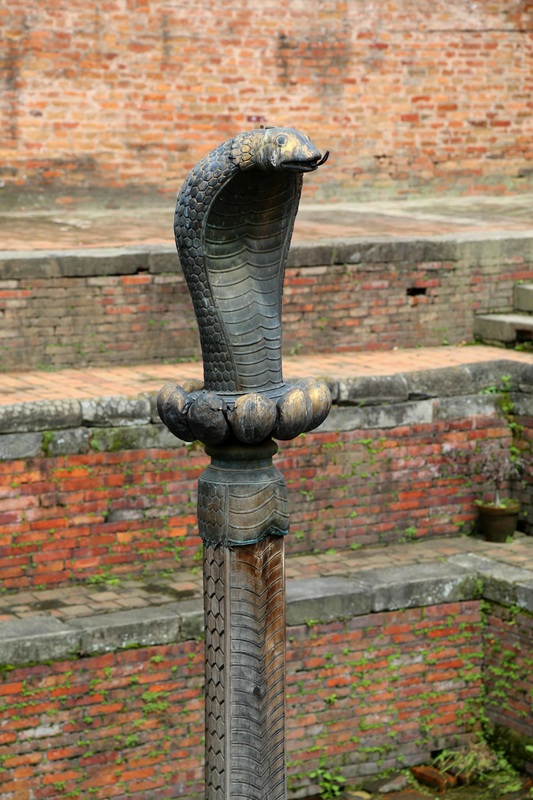
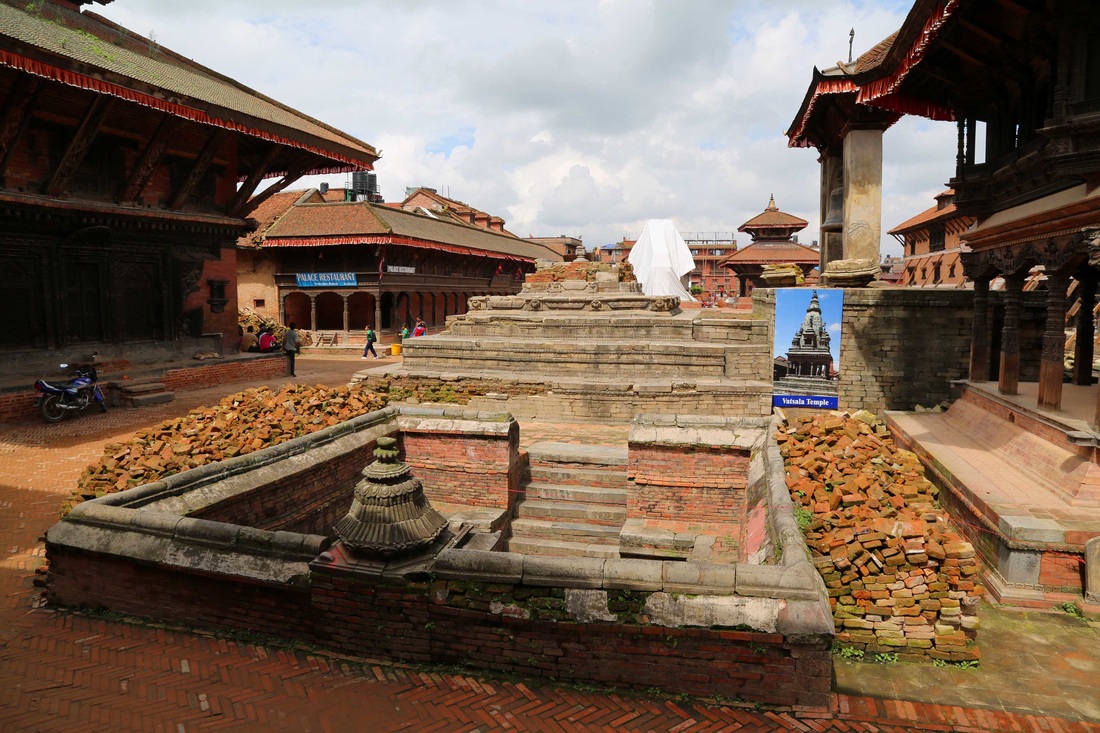
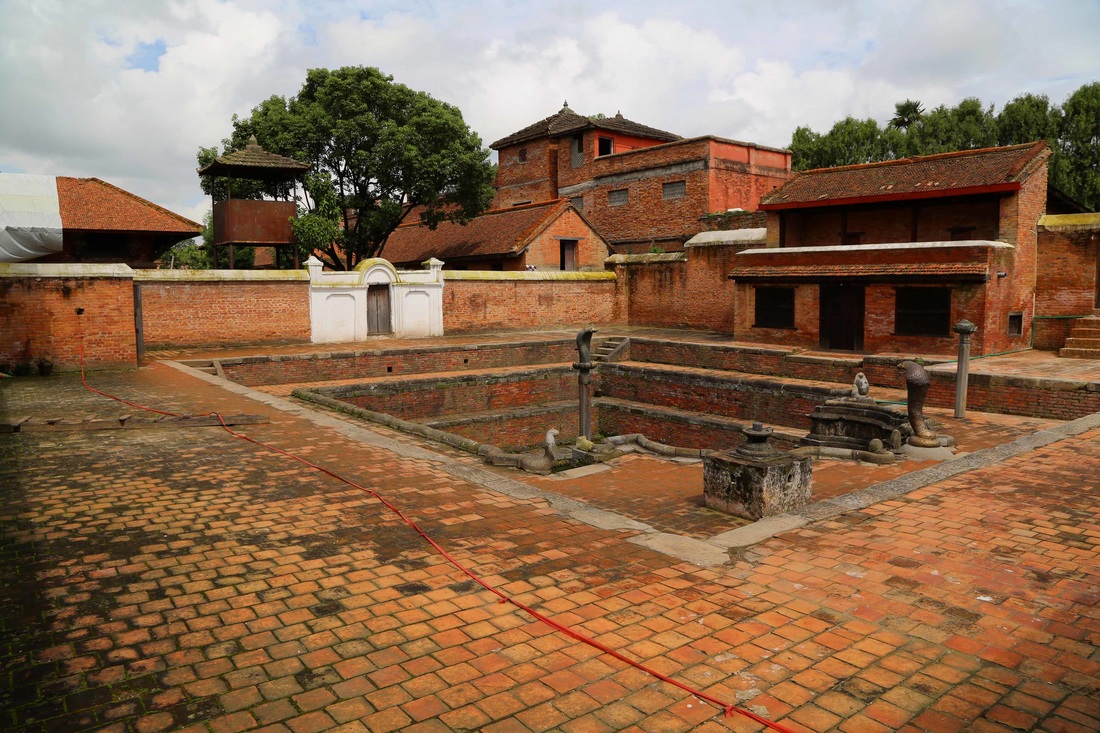
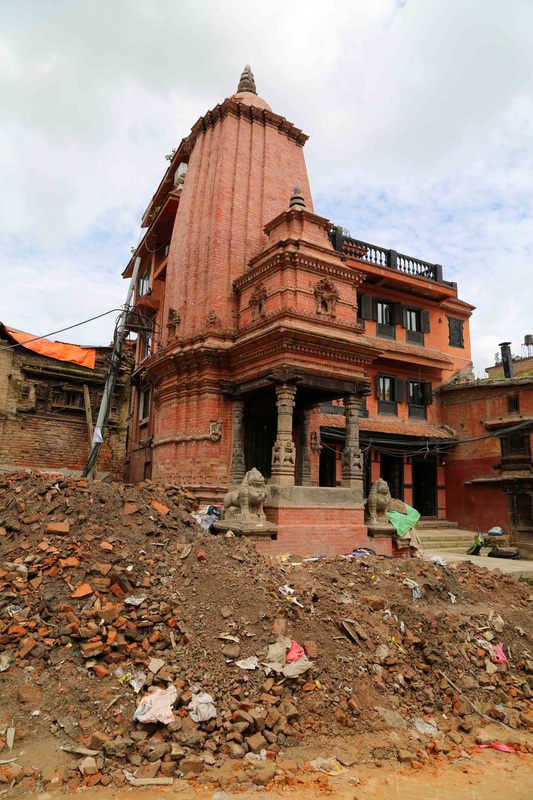
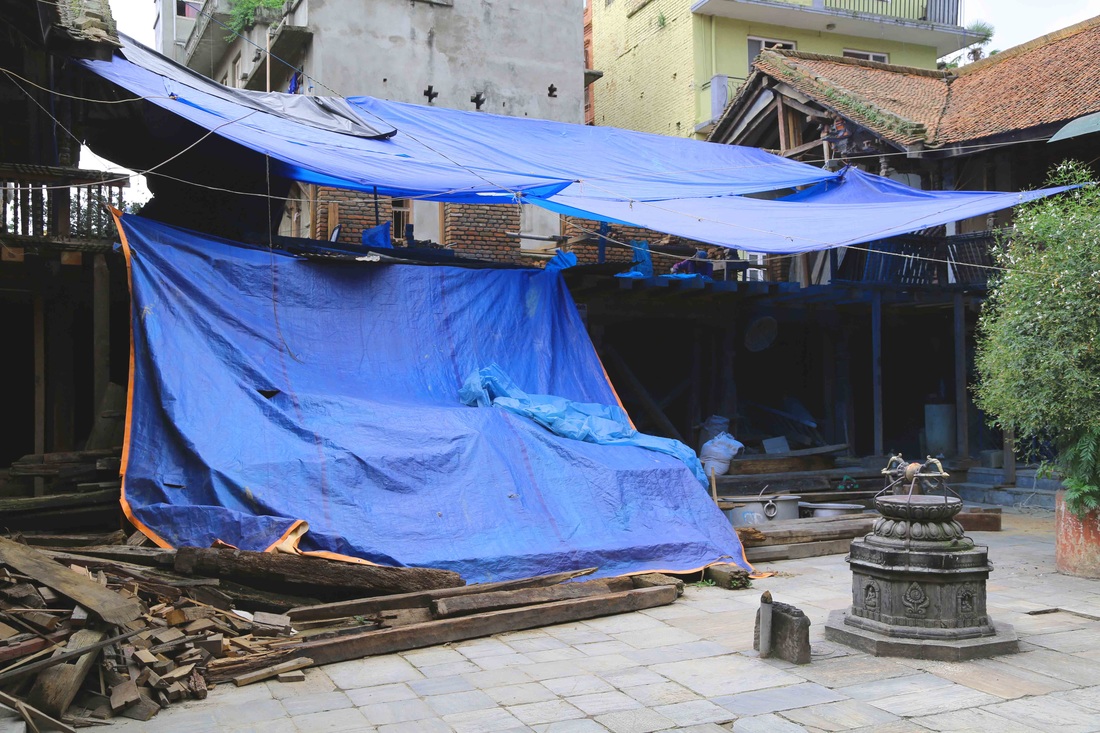
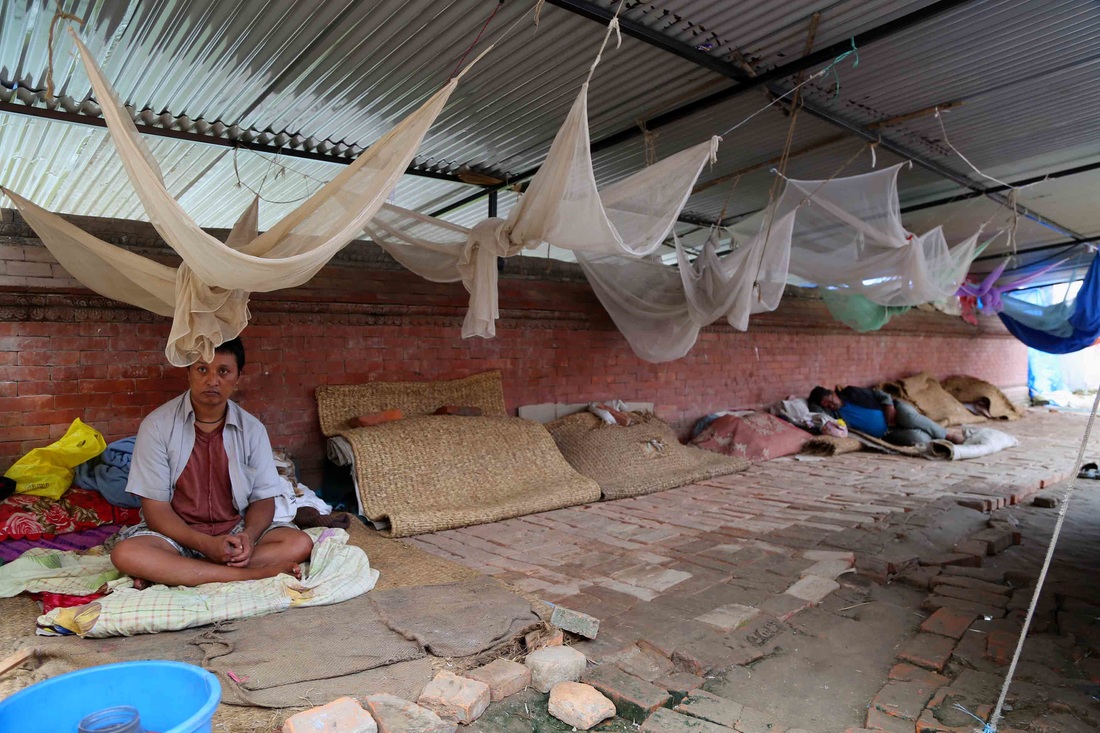
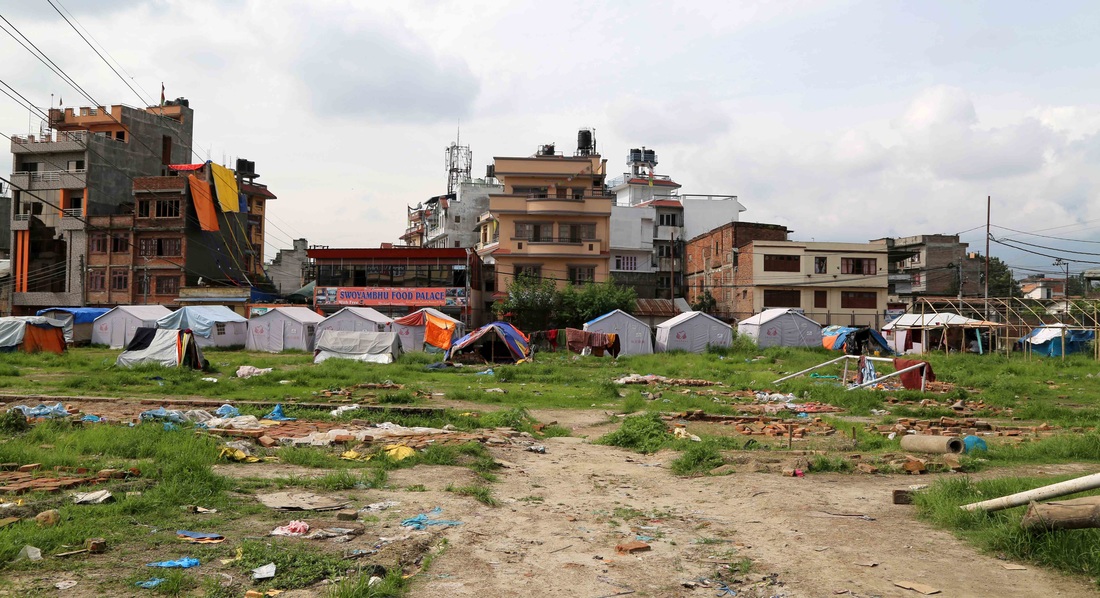
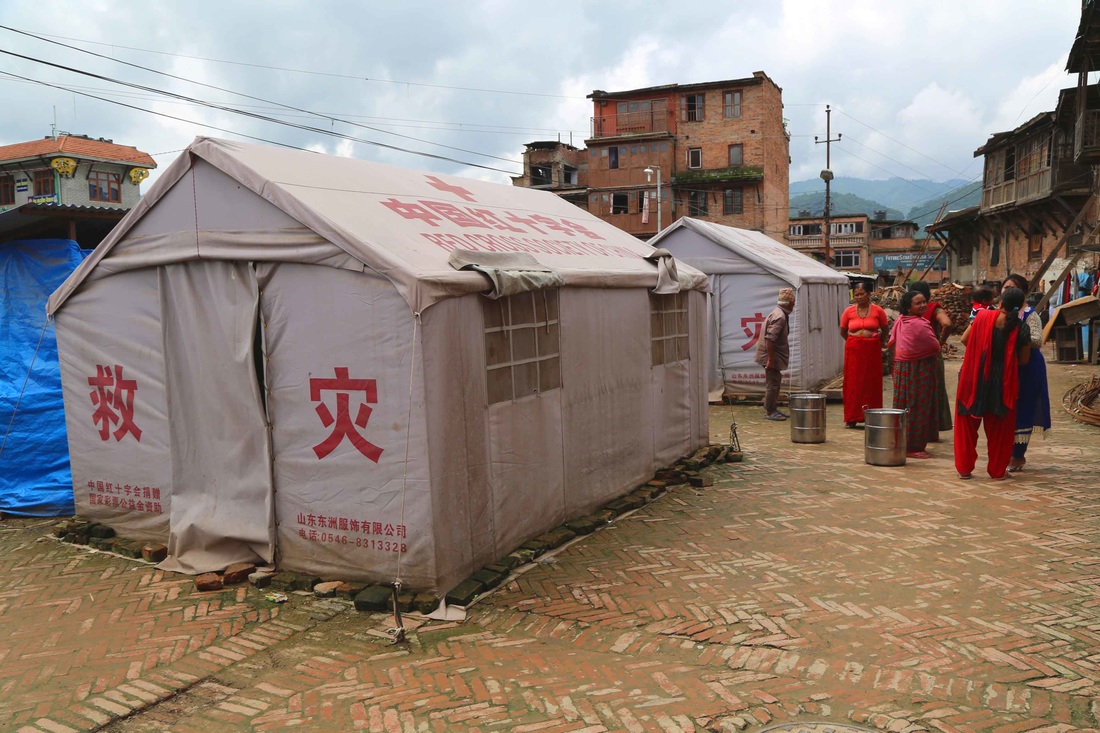
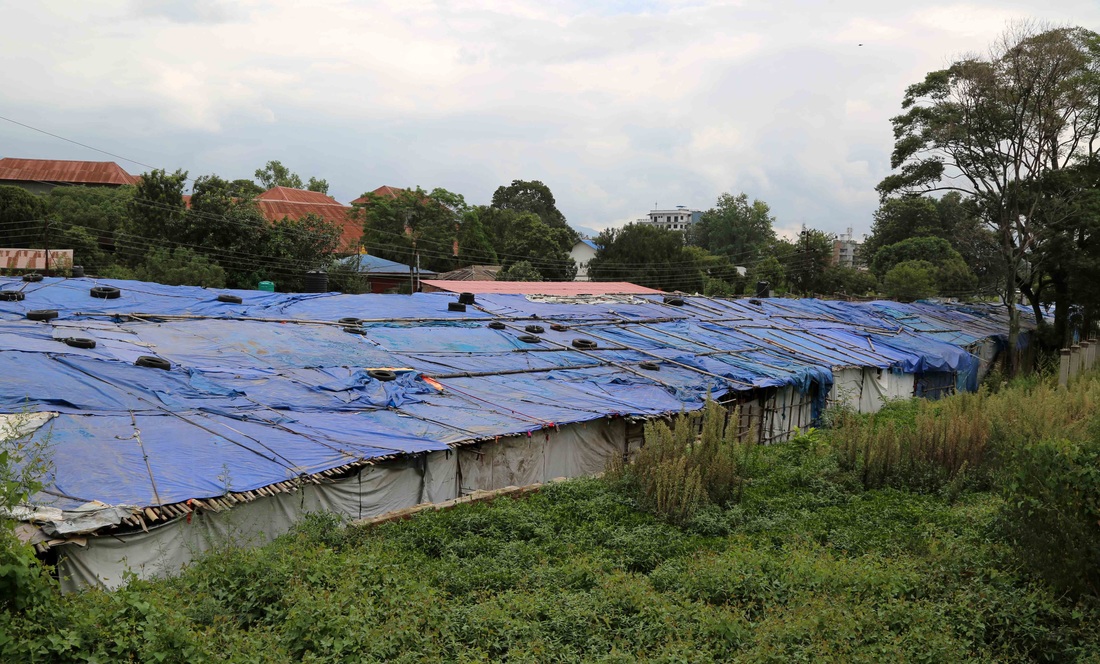
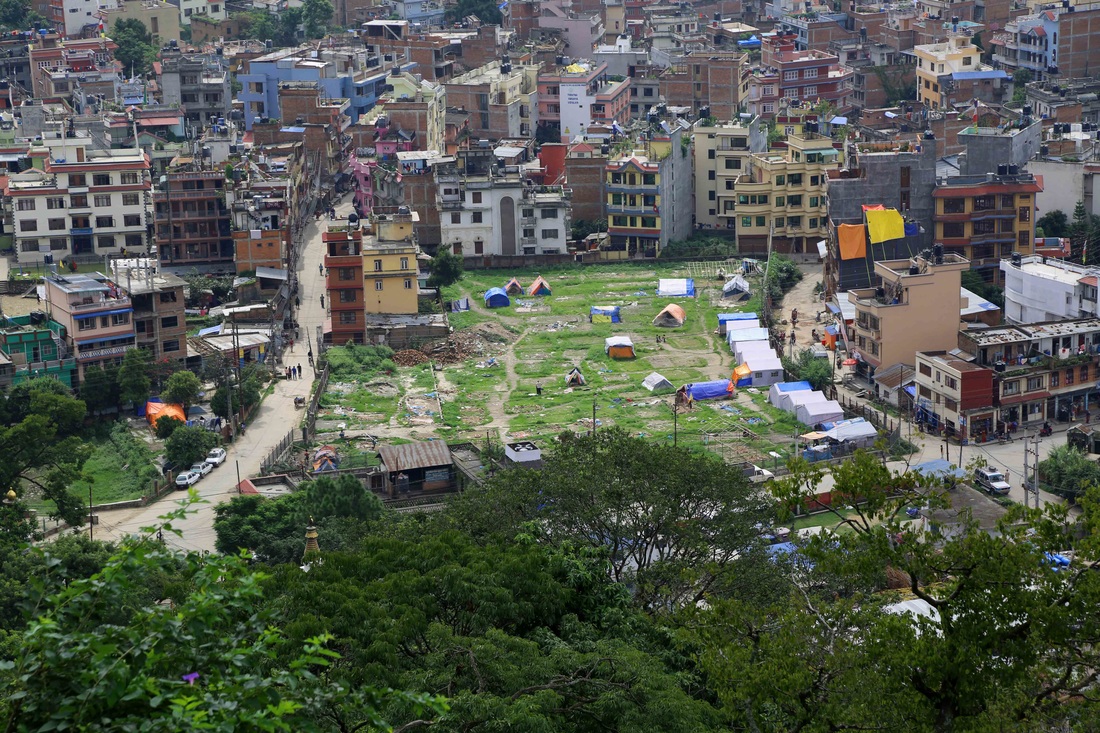
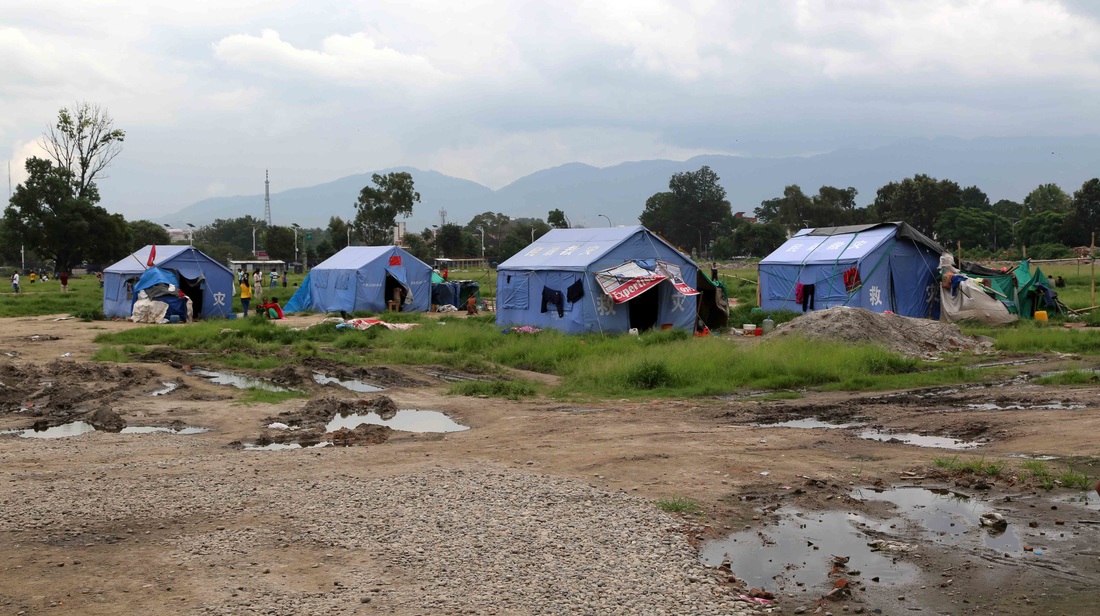
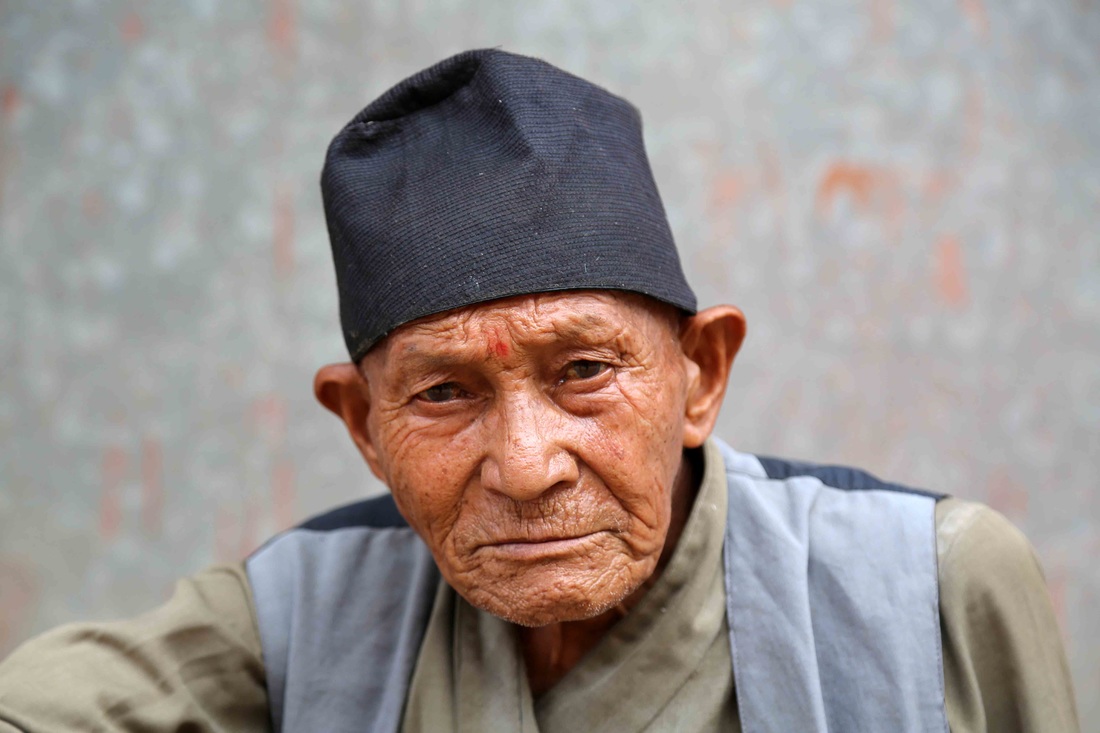
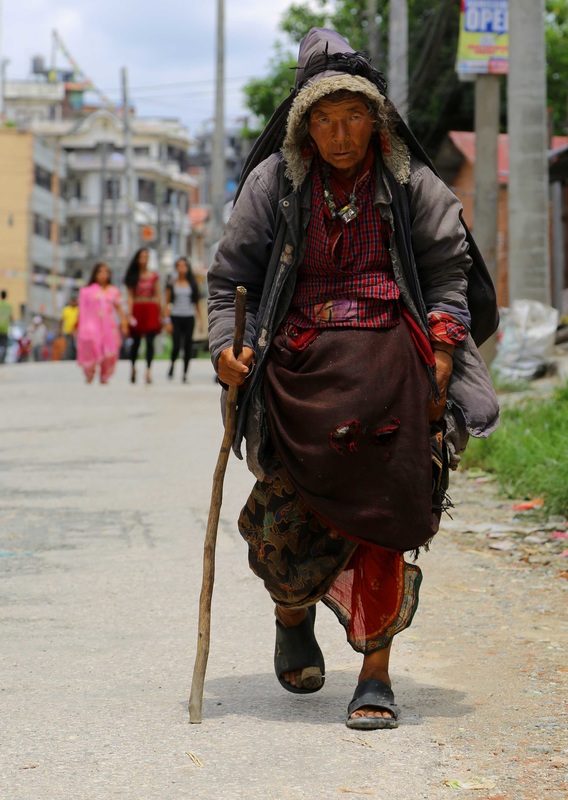
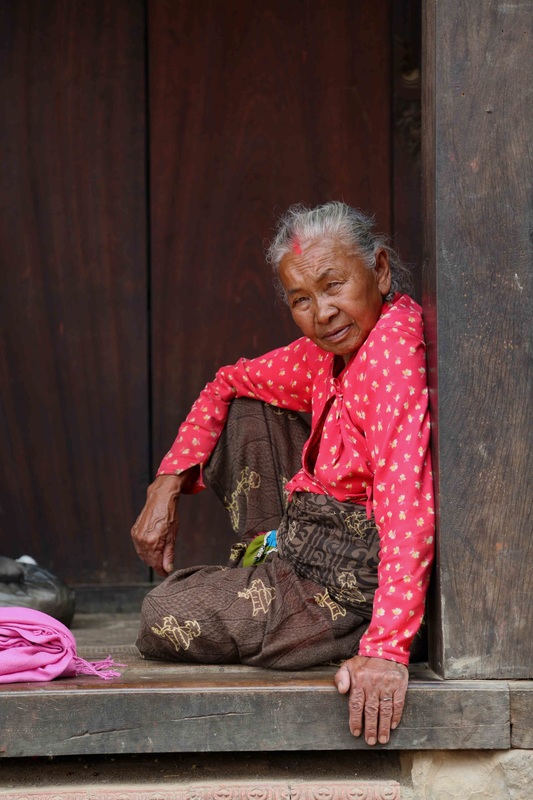
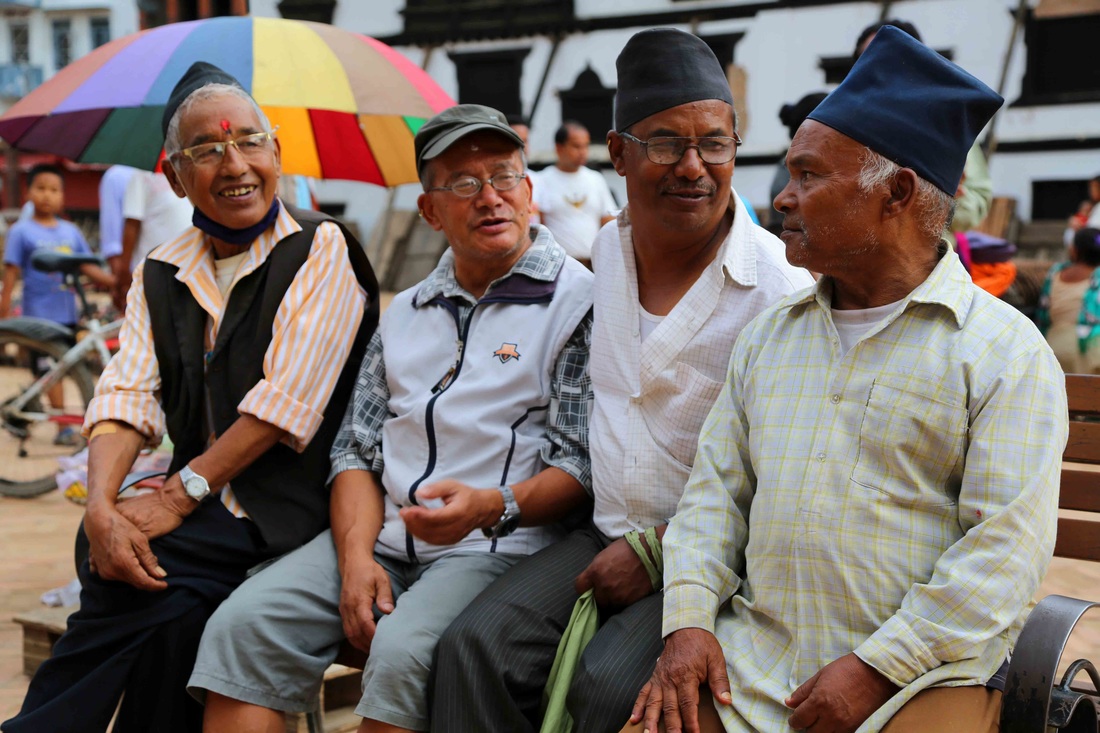
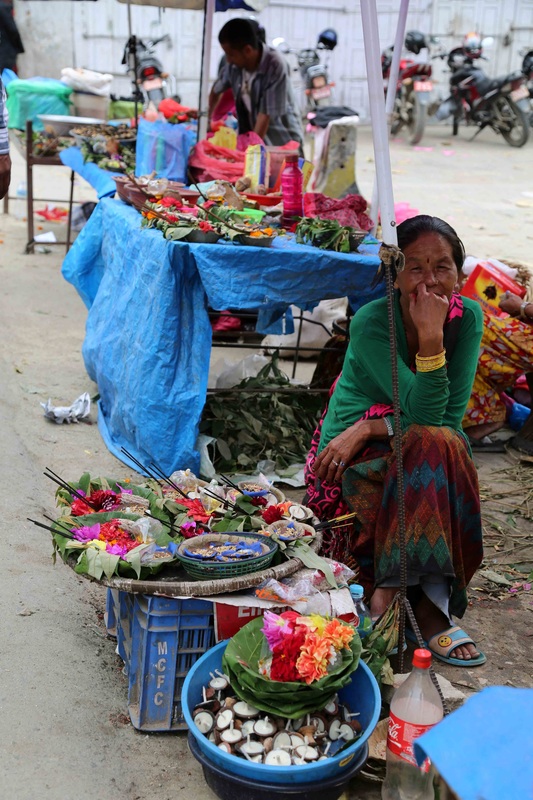
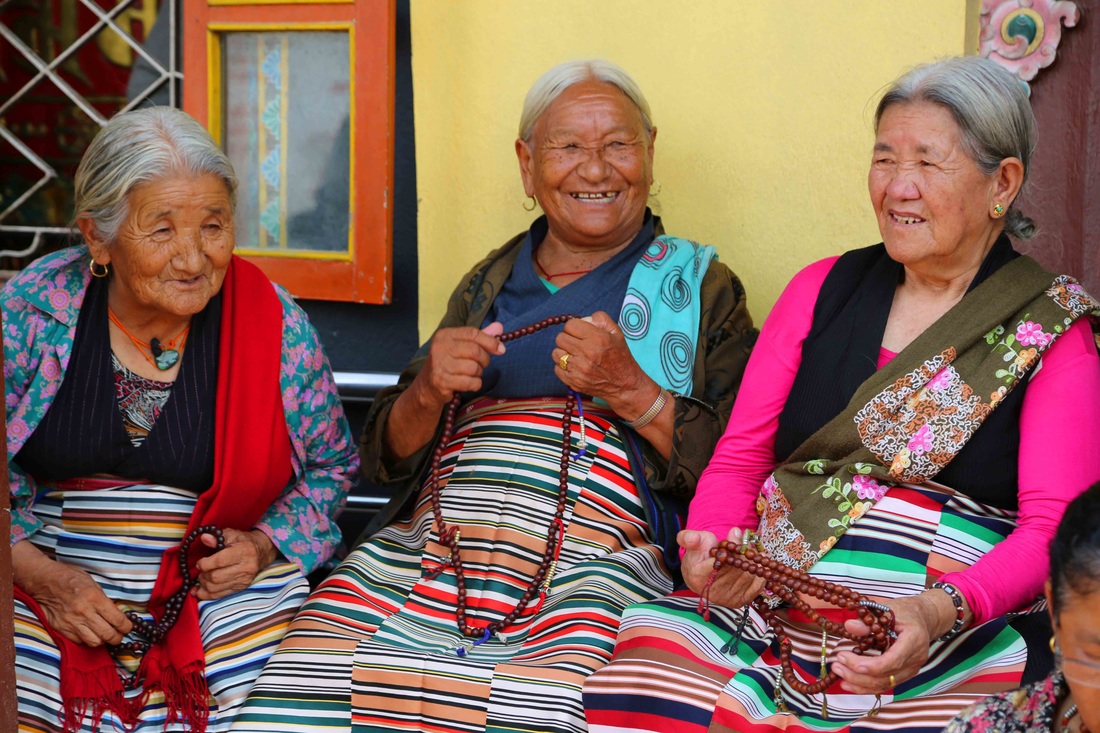
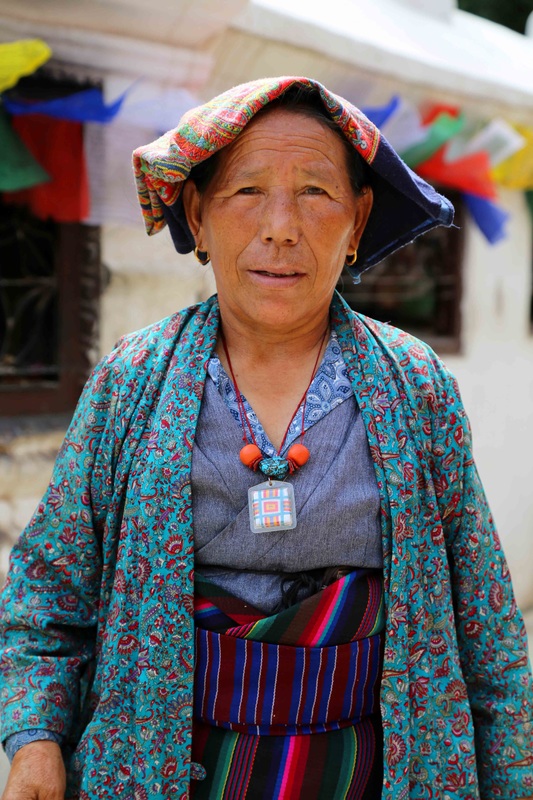
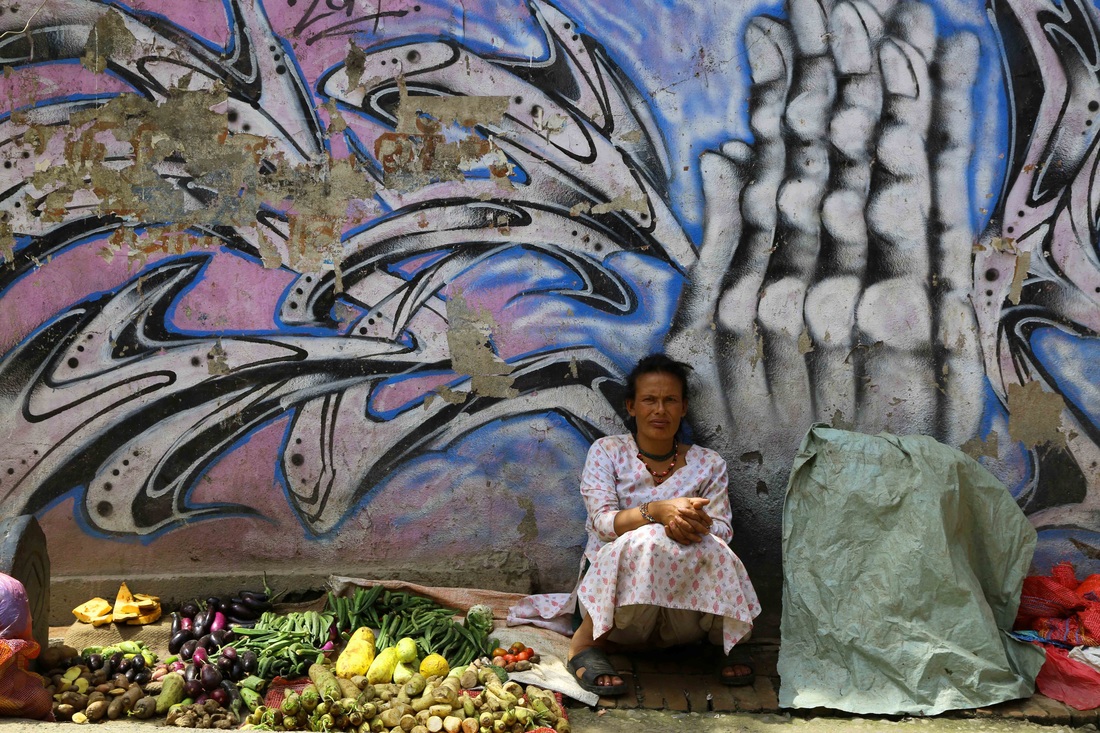

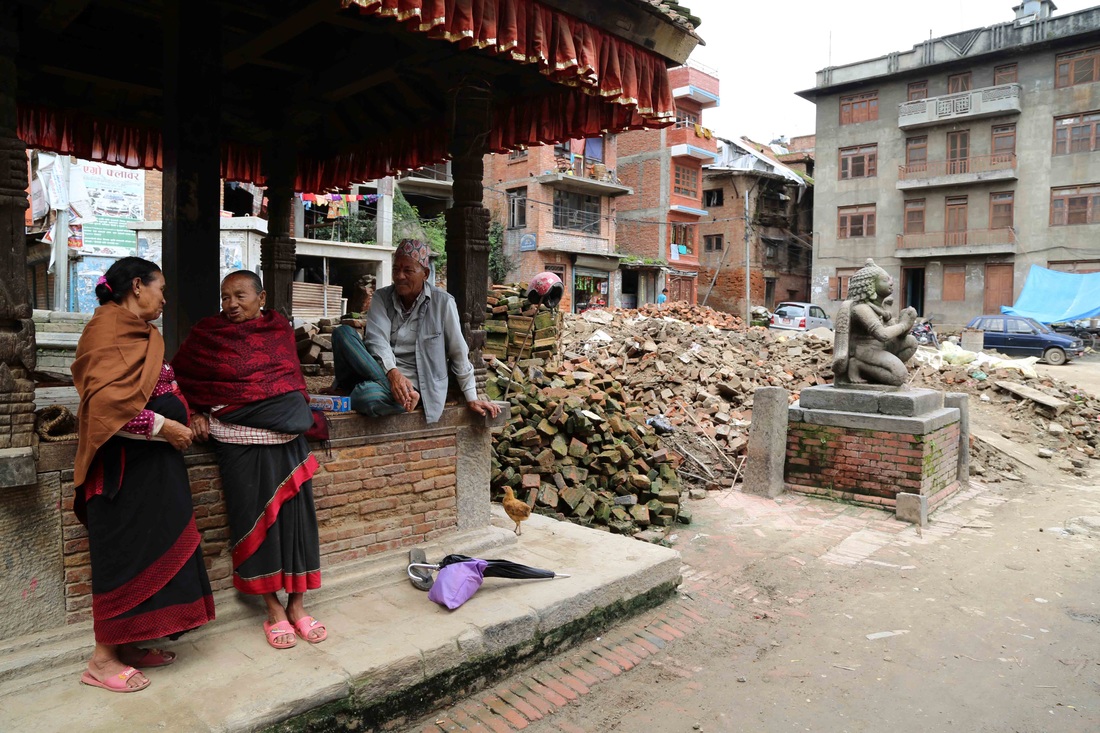
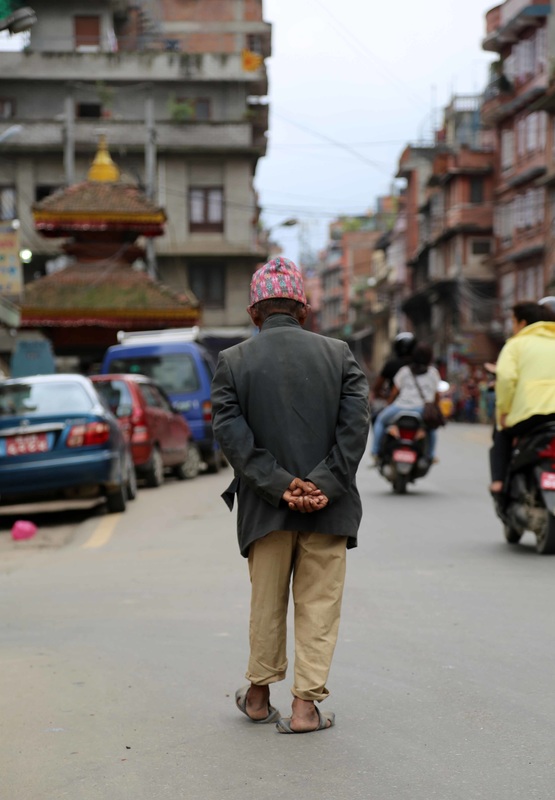
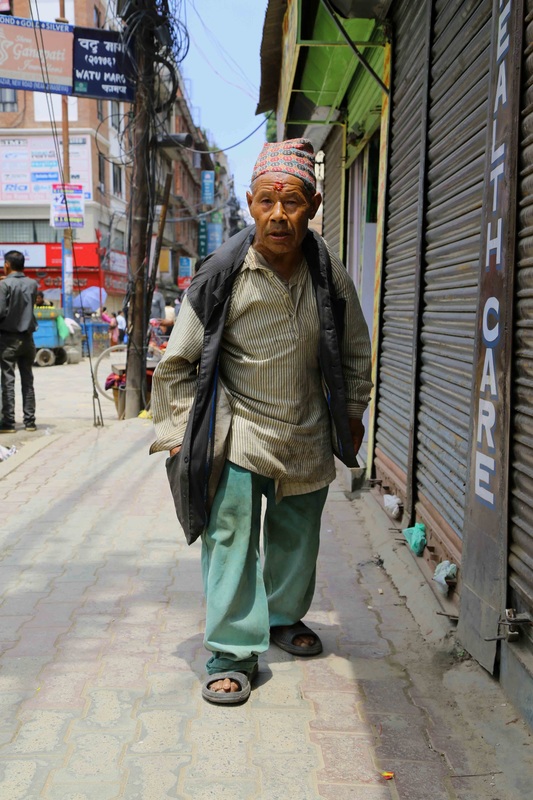
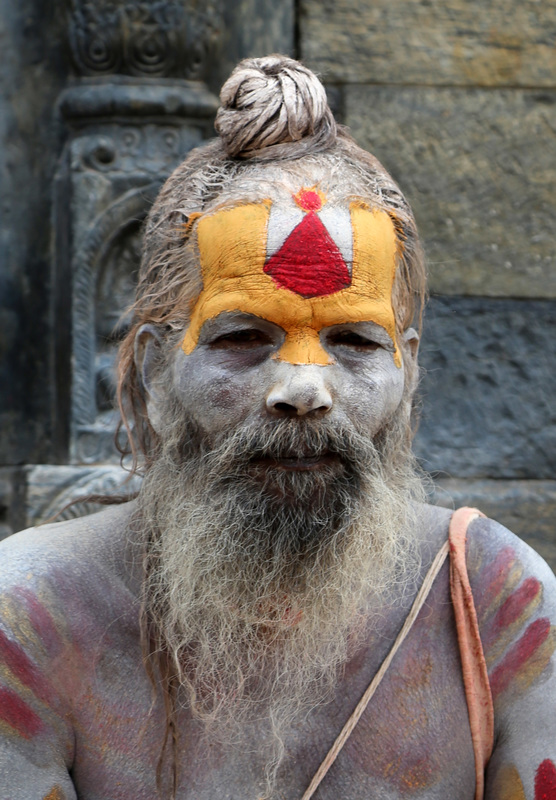
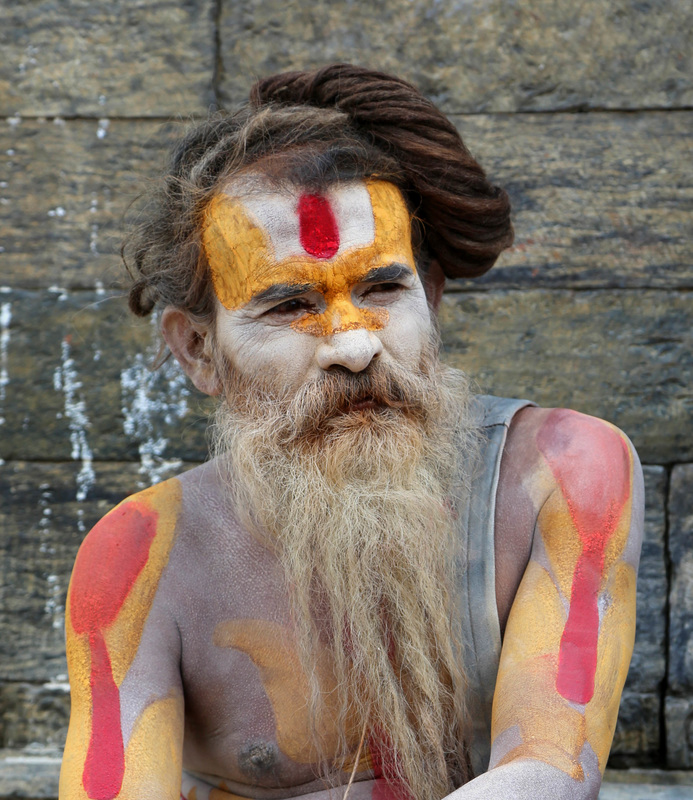

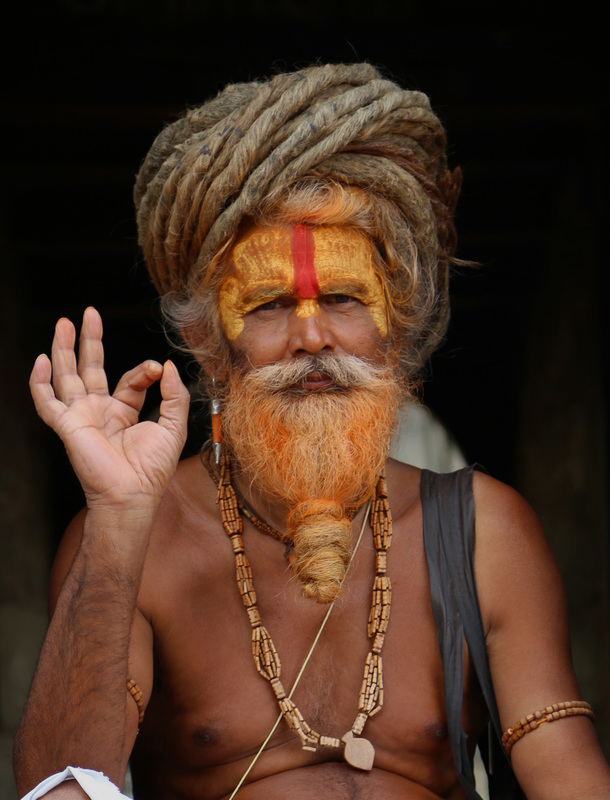
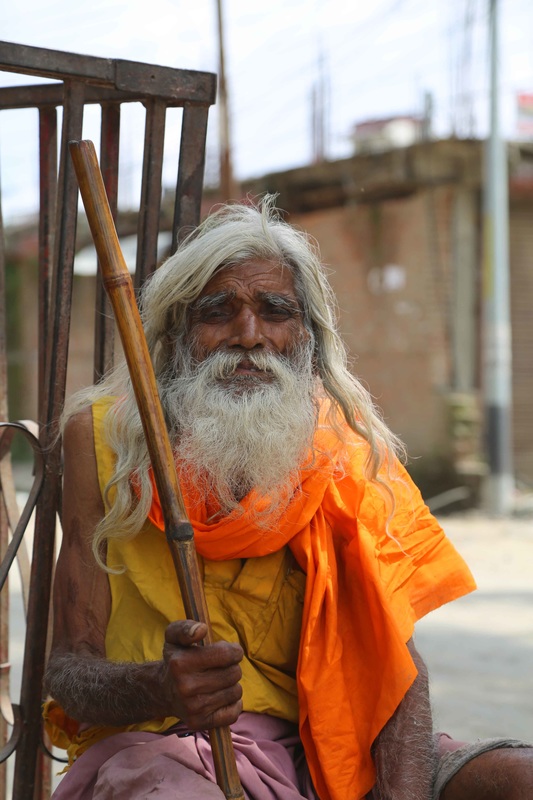
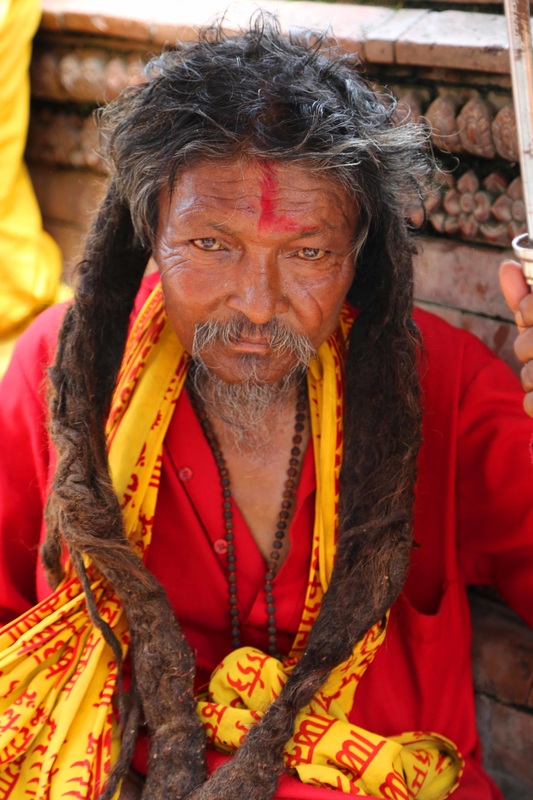
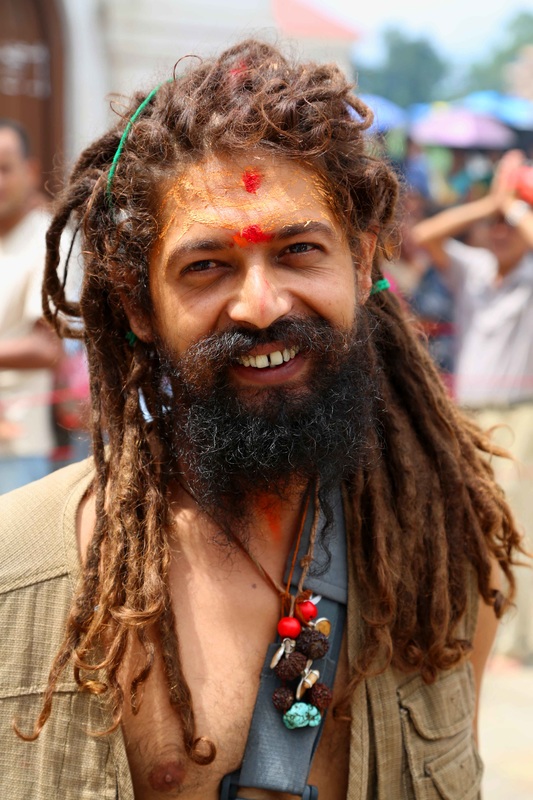
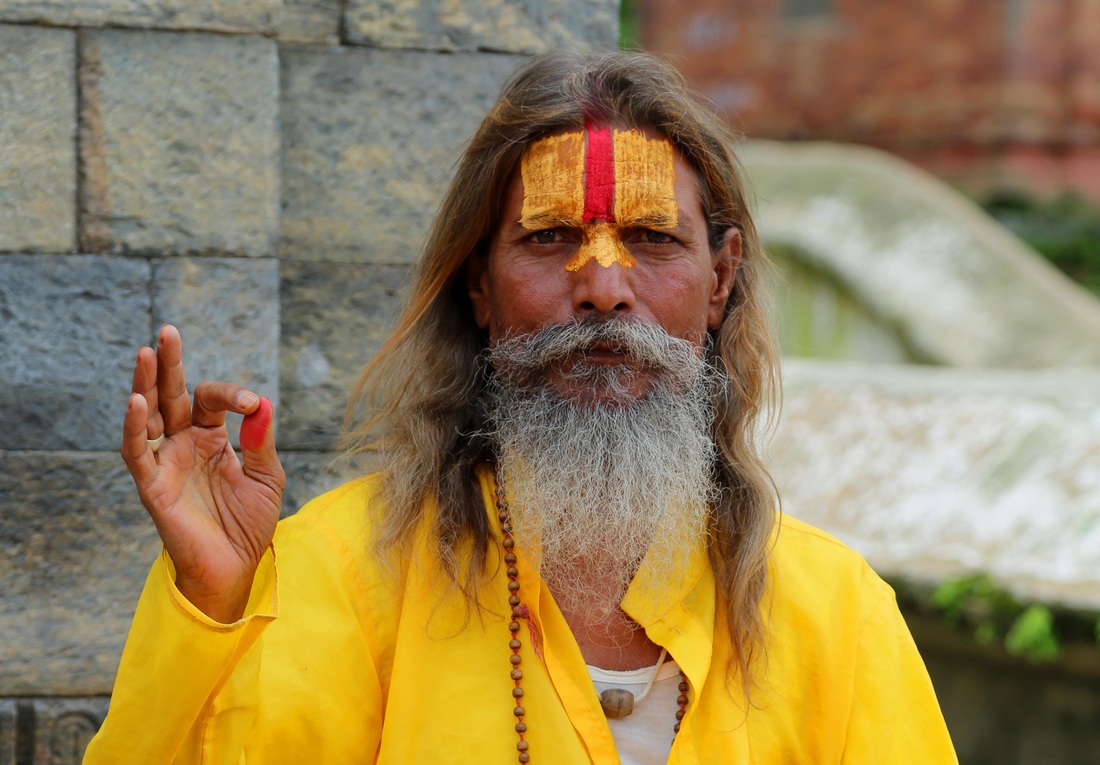
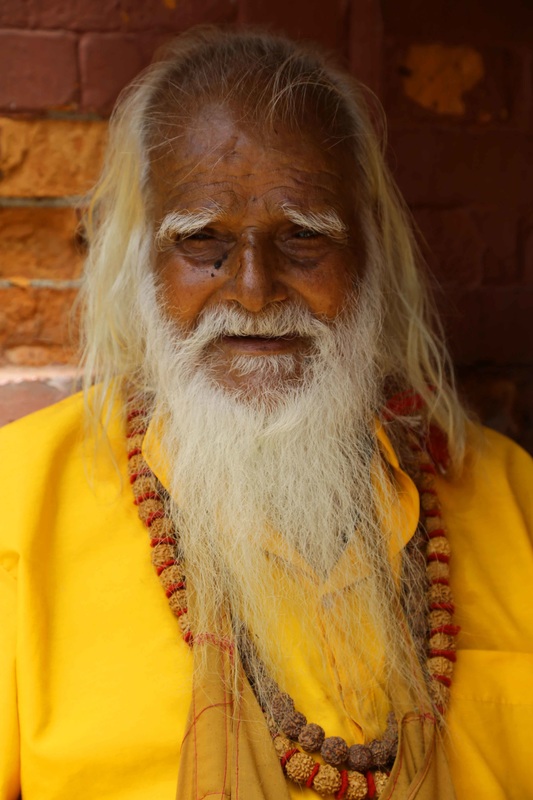
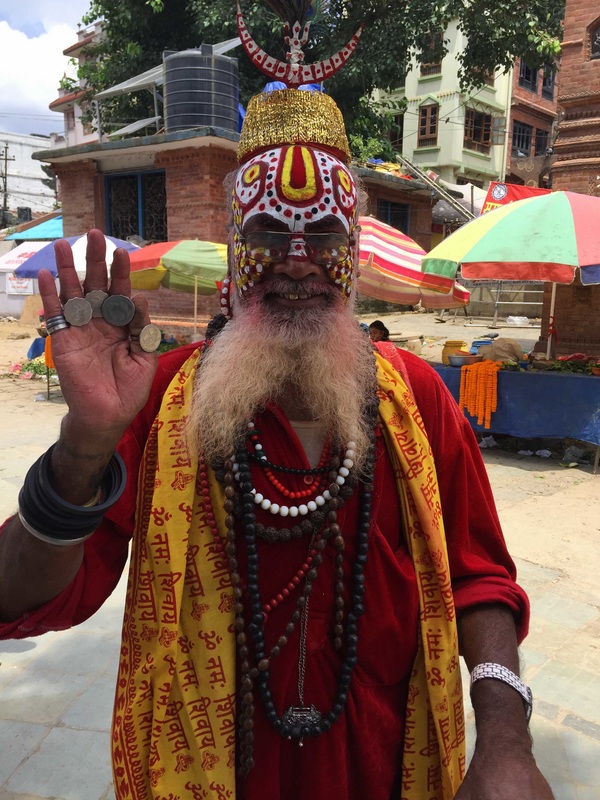
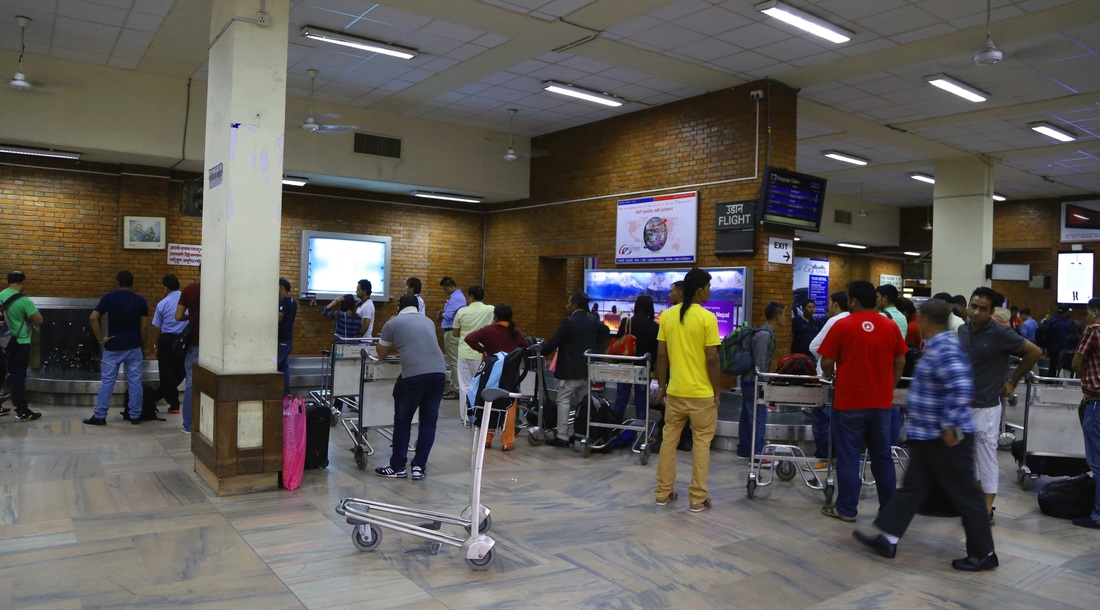
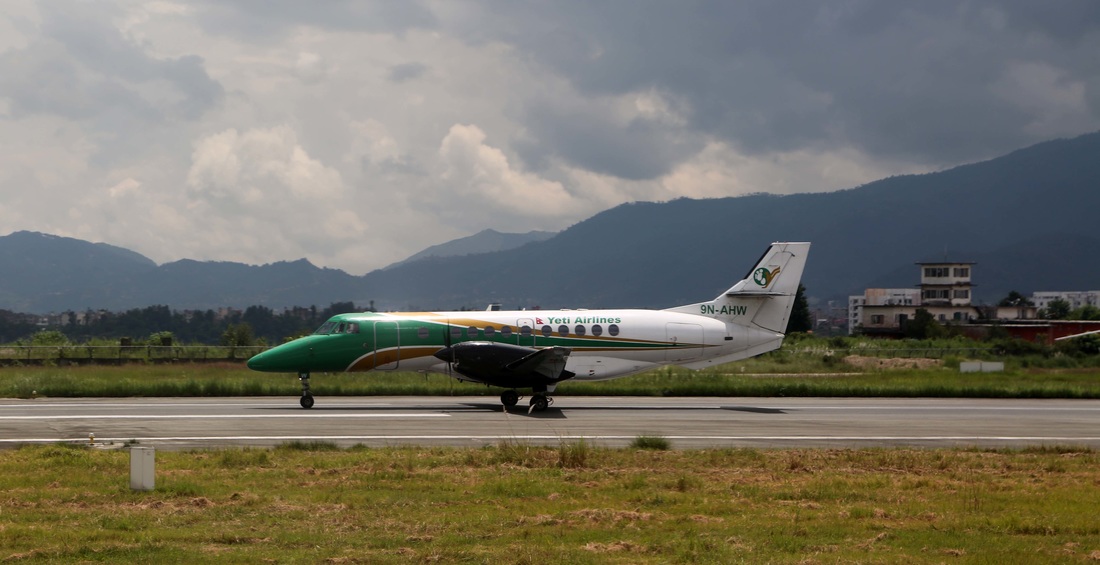
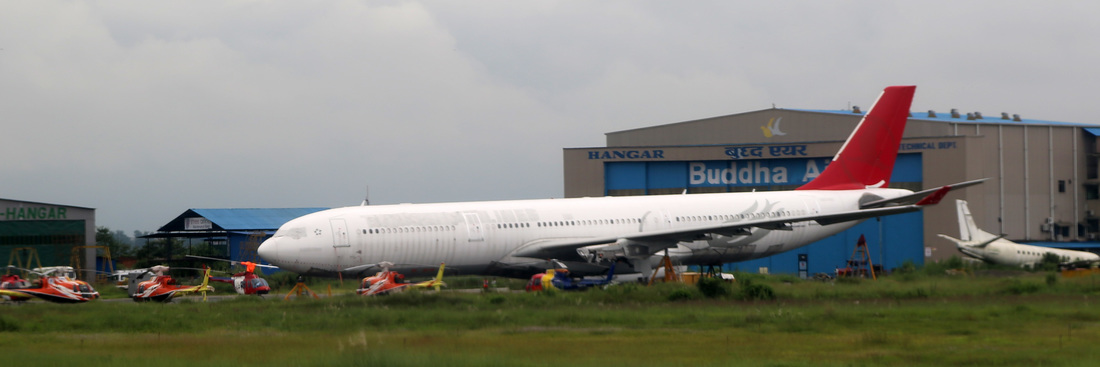
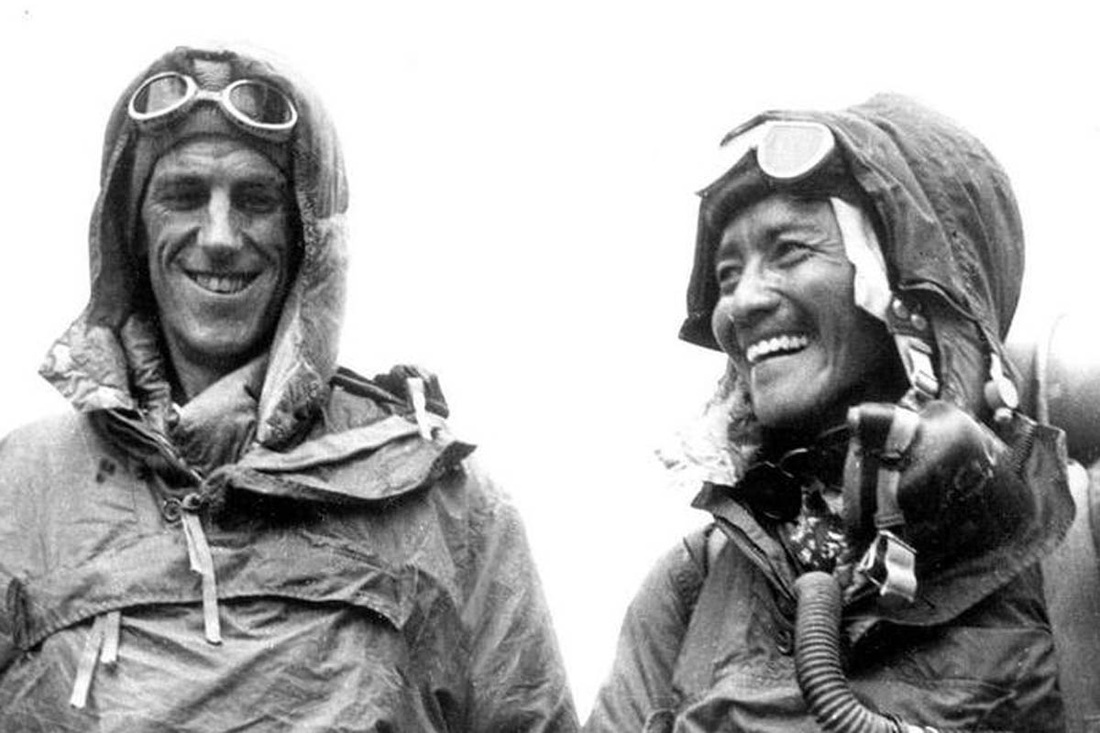
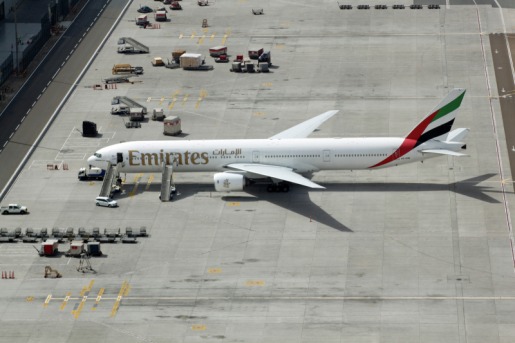
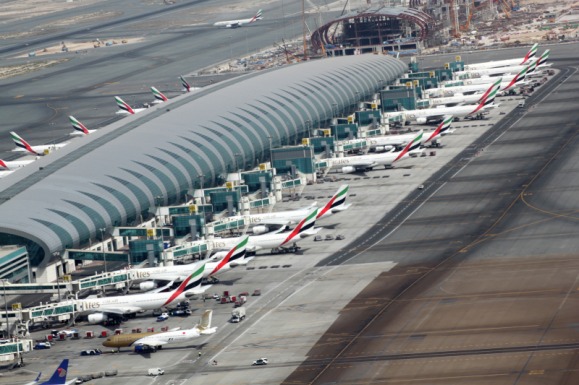
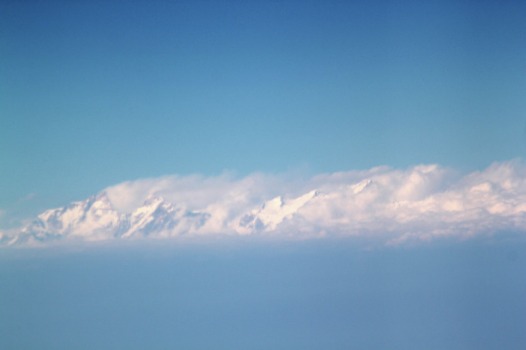
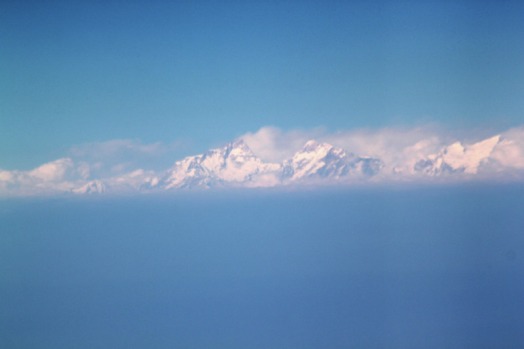
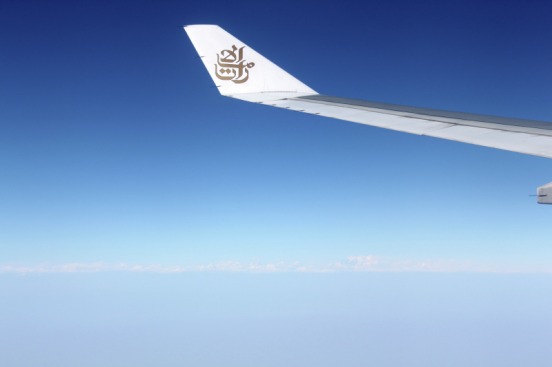

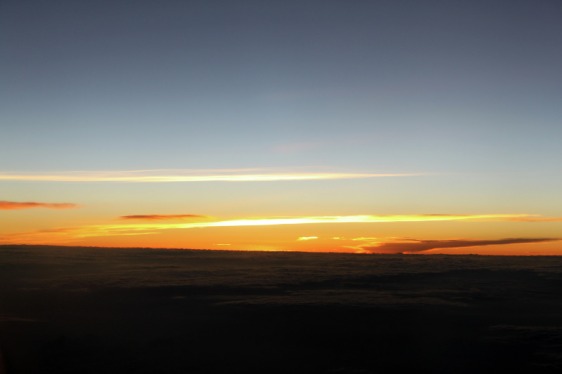
 RSS Feed
RSS Feed

